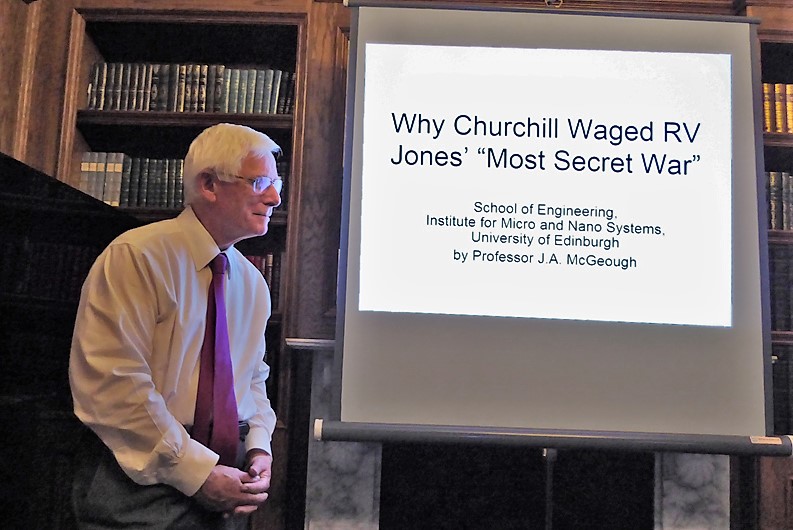
Prof. Joe McGeough made a welcome return to the LRS on 14th November to talk about the most valuable contributions that R.V. Jones made to the war effort as ordered by Prime Minister Winston Churchill. Photo: DTH
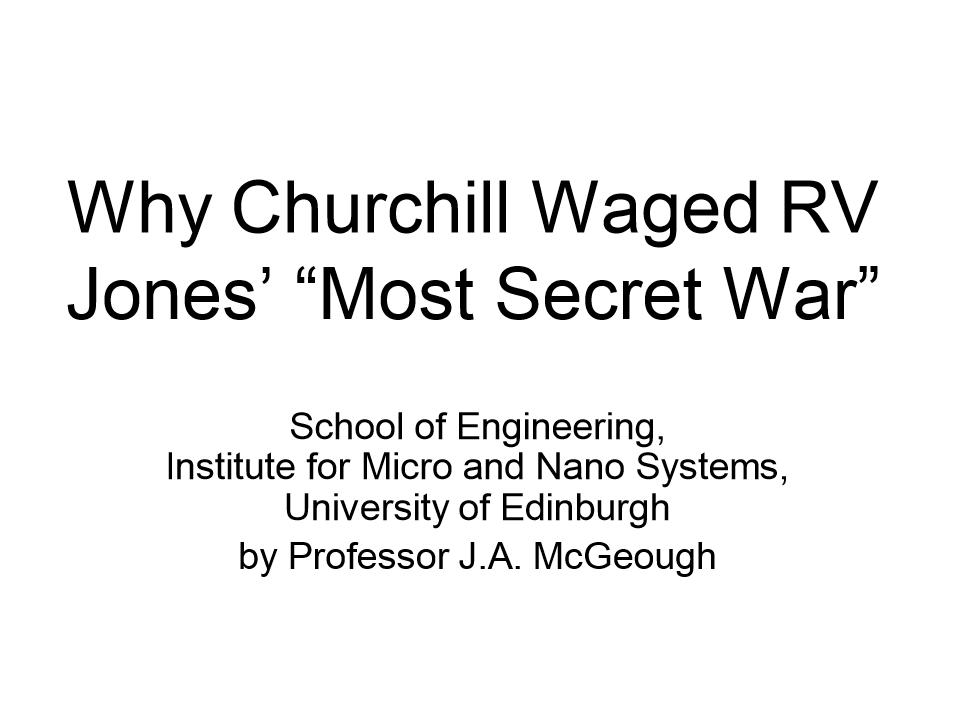
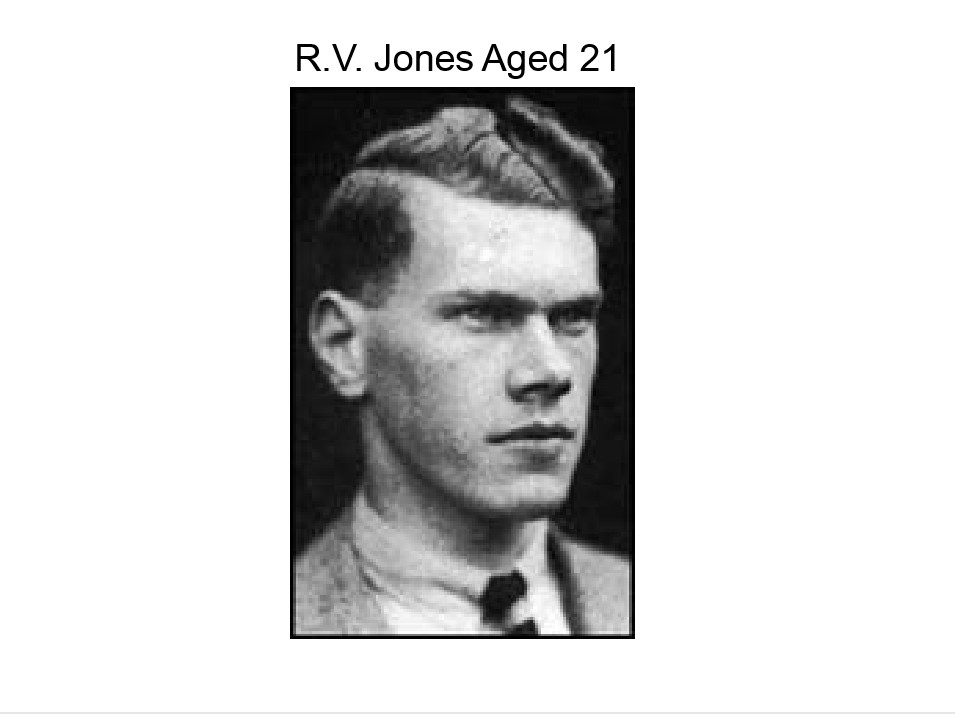
Jones was only in his early 20s at the beginning of the war.

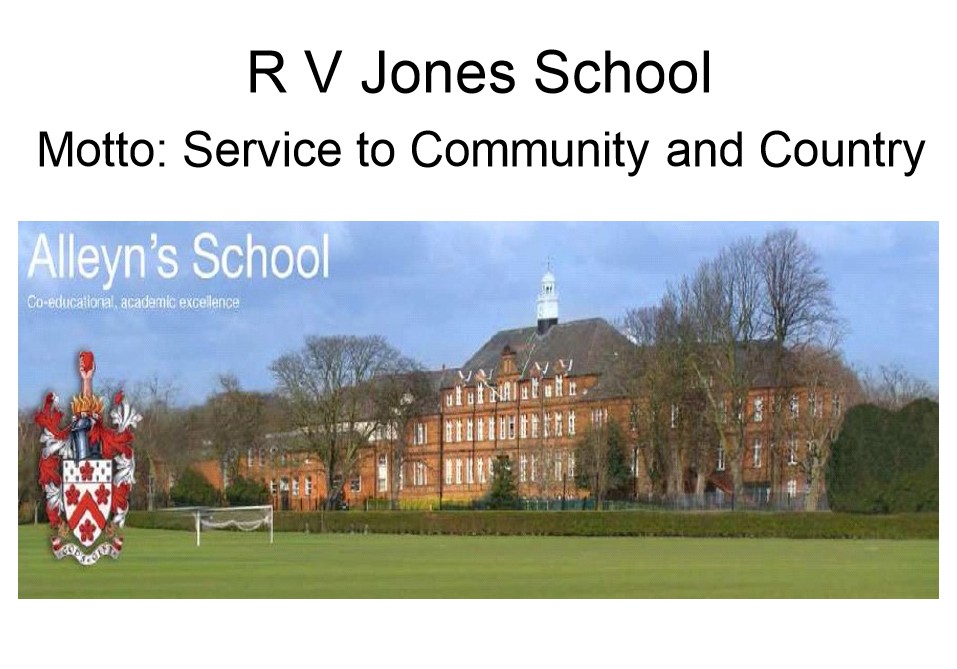
The headmaster of Alley’s School always stressed to pupils their responsibilities for service to the
community and the country. This shaped R.V. Jones’ career and life.
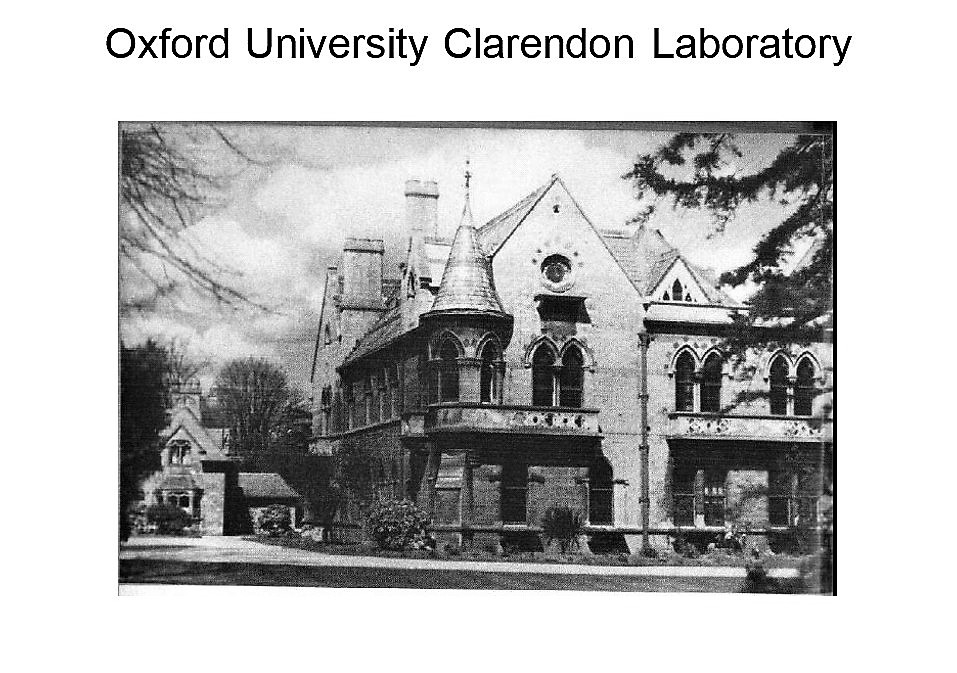
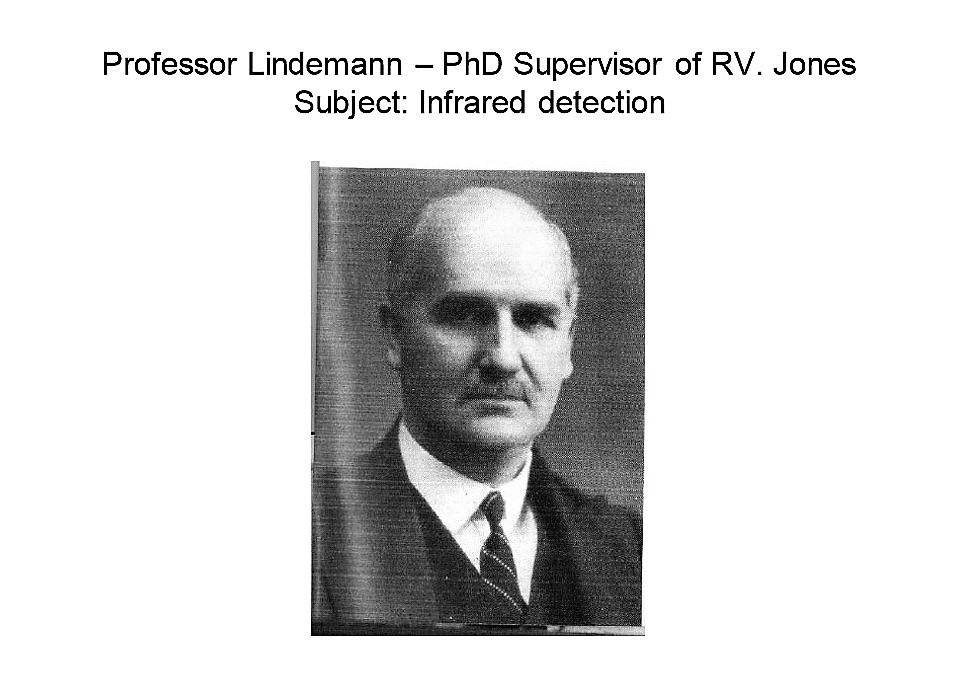
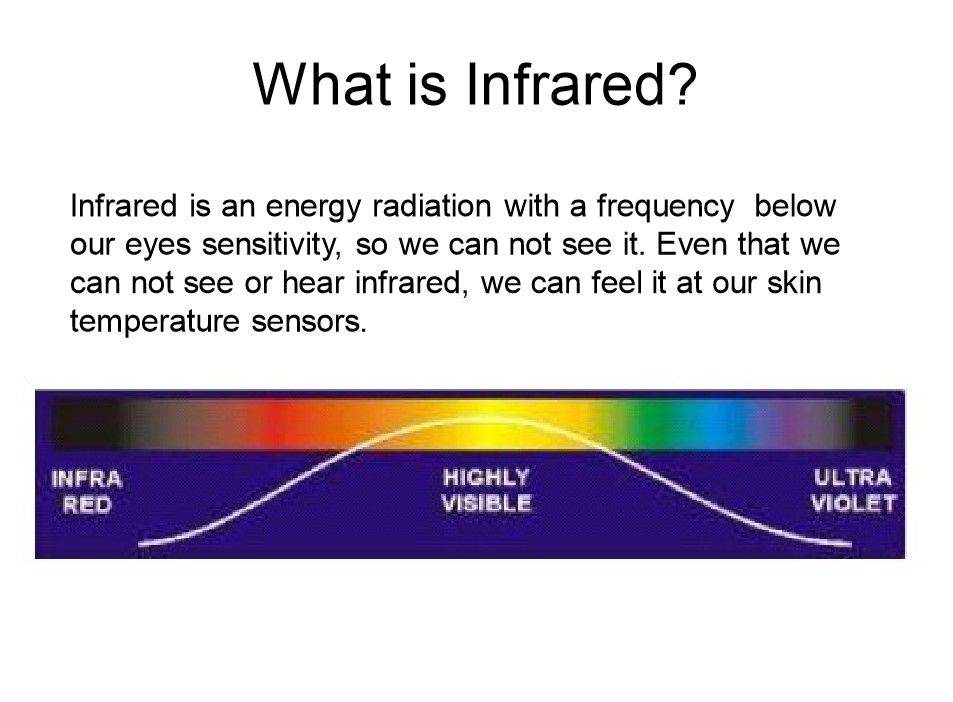
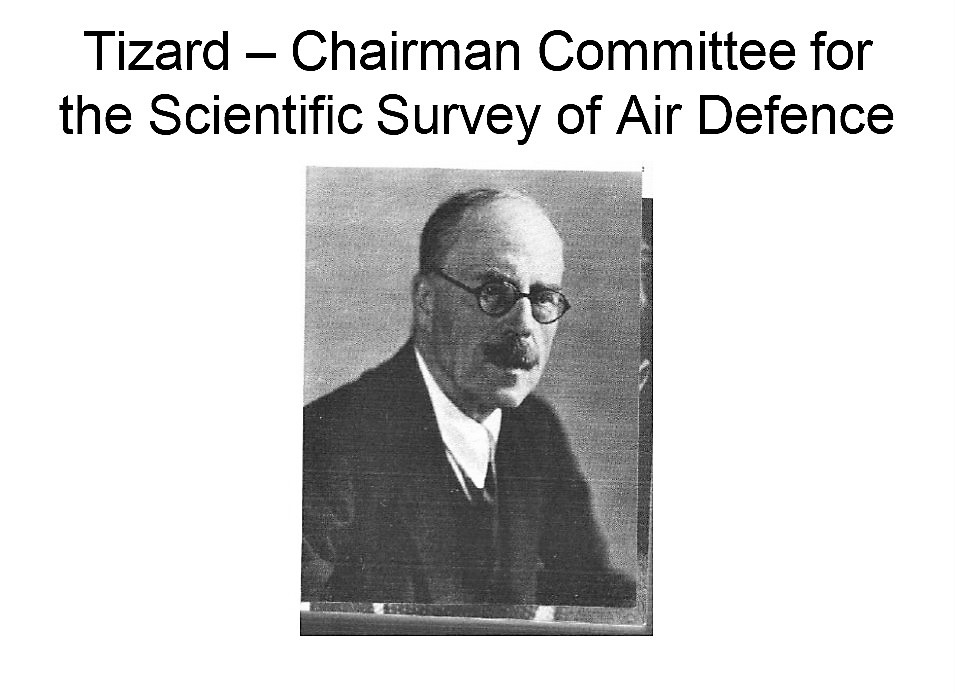
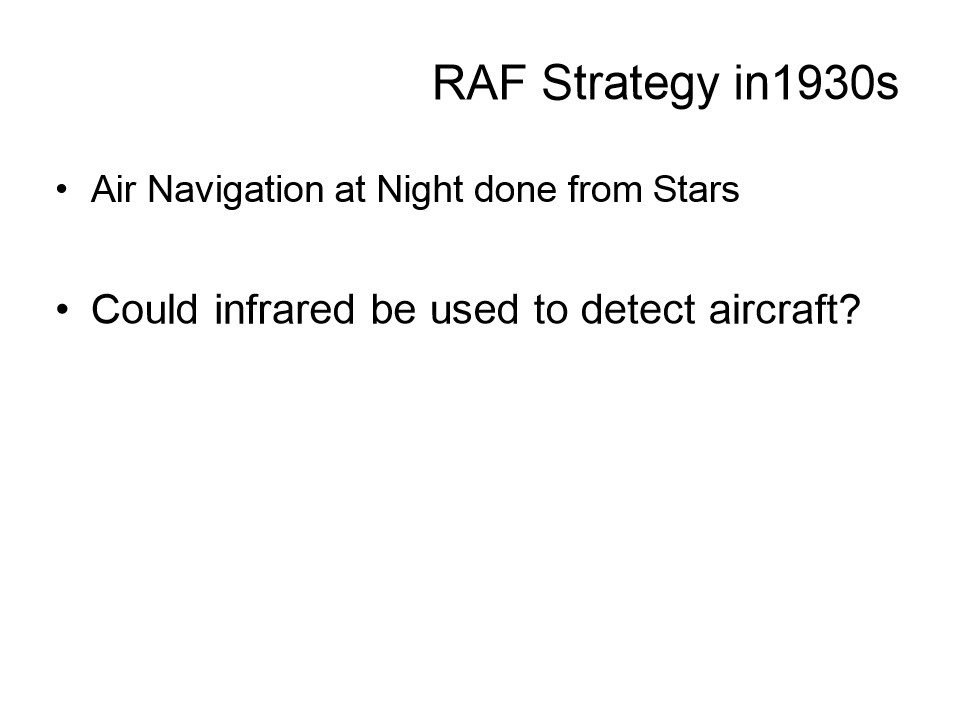
The problem with detection of aircraft using infrared radiation is that it could only work on clear nights.
It could not work on cloudy nights.
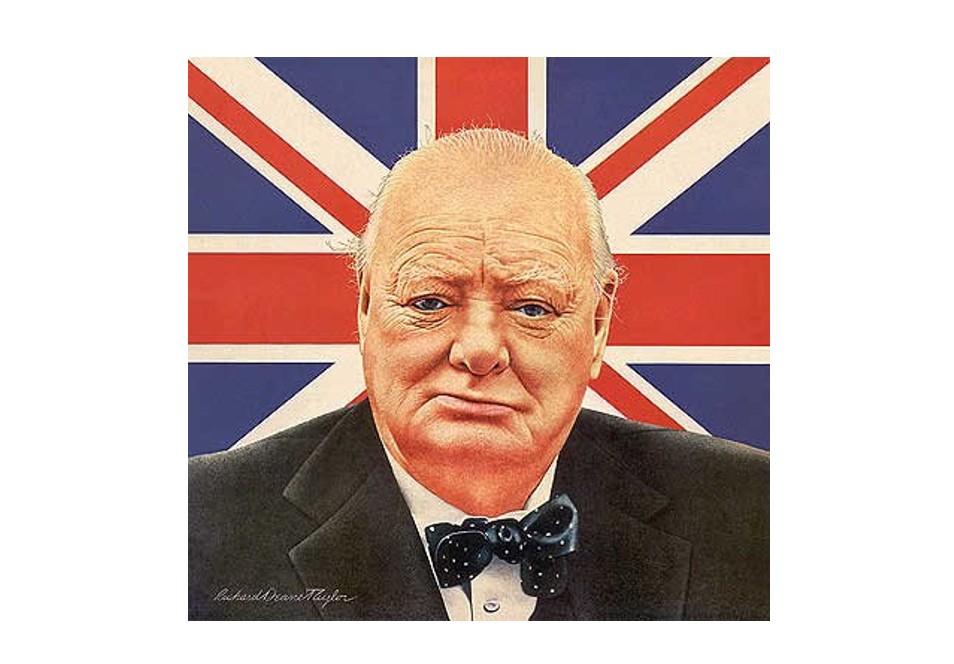
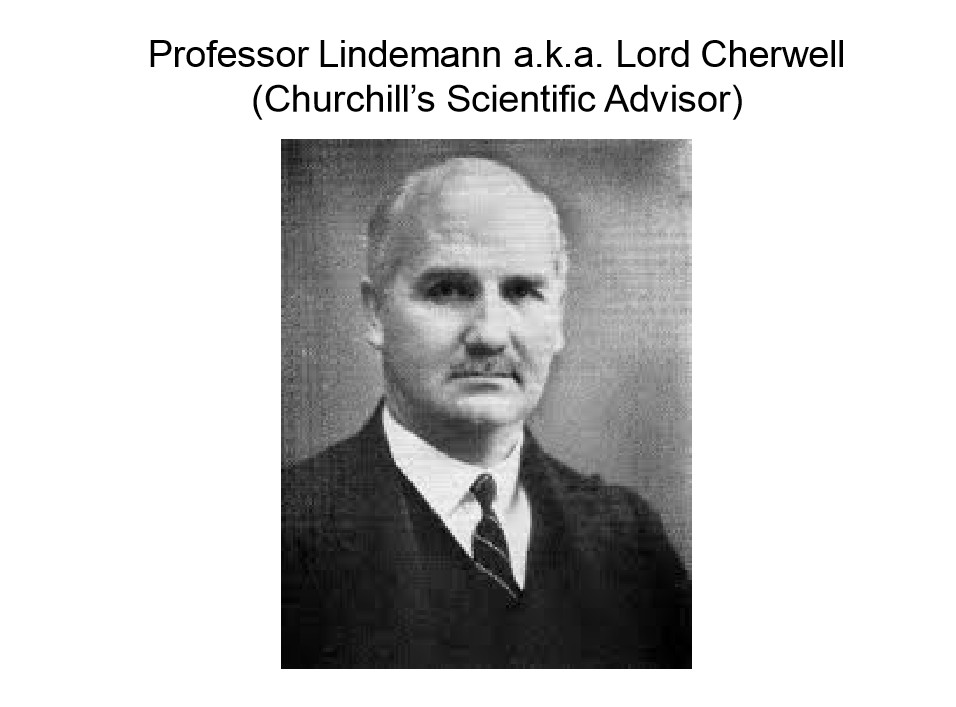
Jones worked for Prof Lindemann in Scientific Intelligence in London.
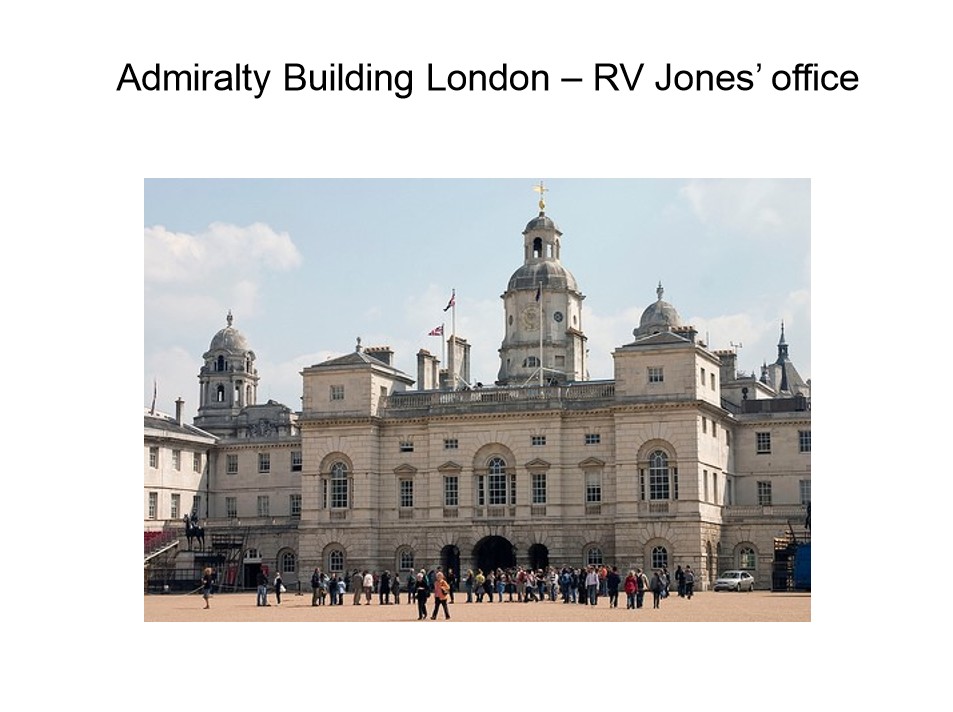
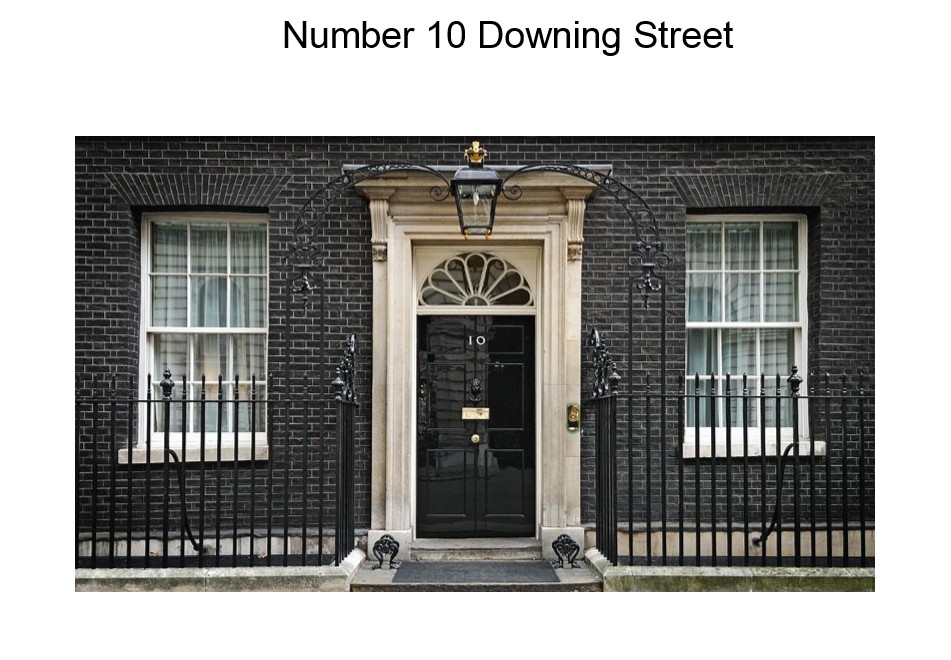
Jones was summoned to a meeting at 10 Downing Street. At first he believed this was a hoax but a reminder call had him there in double-quick time!
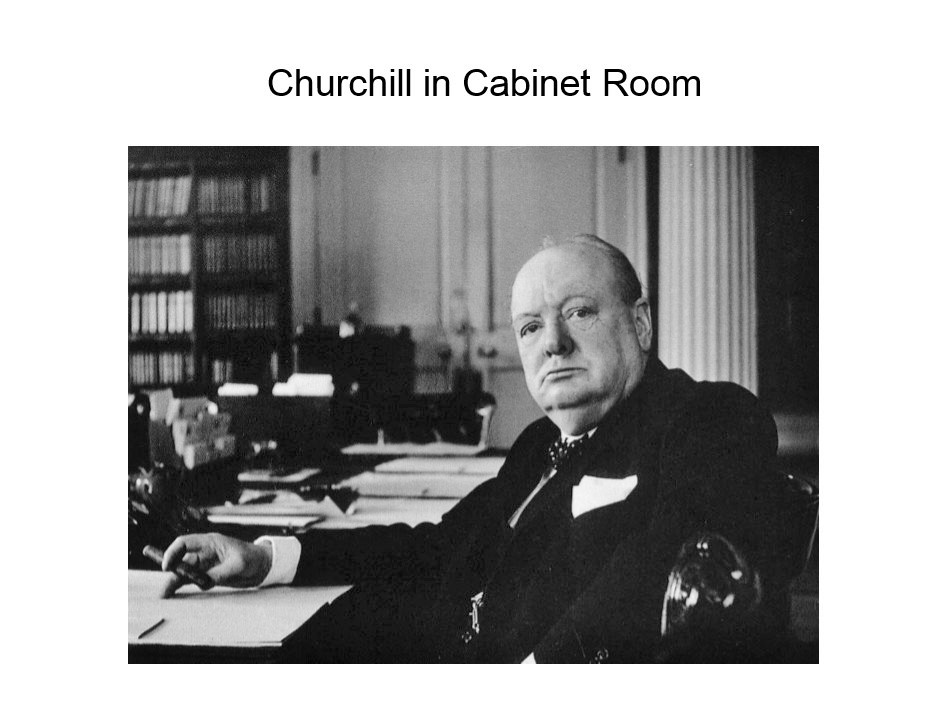
Churchill listened to the ideas that Jones had about detecting and misdirecting enemy aircraft using radio waves rather than infrared and immediately ordered him to work on this.
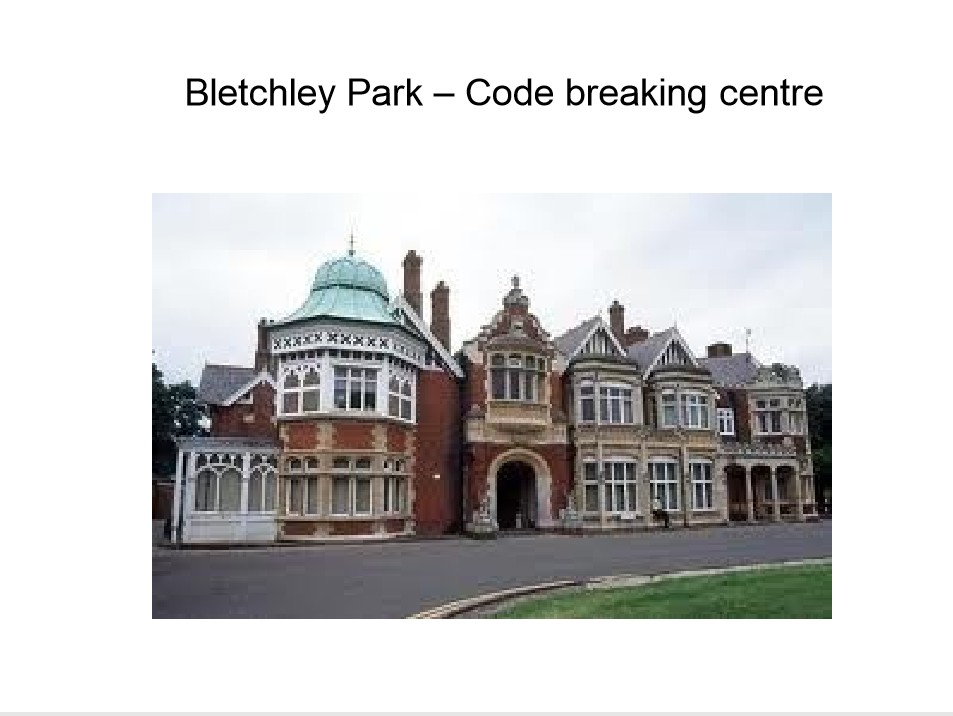
Bletchley Park was decrypting German communications traffic received by the ‘Y-Service’ of secret listeners, many of whom were pre-war radio amateurs.
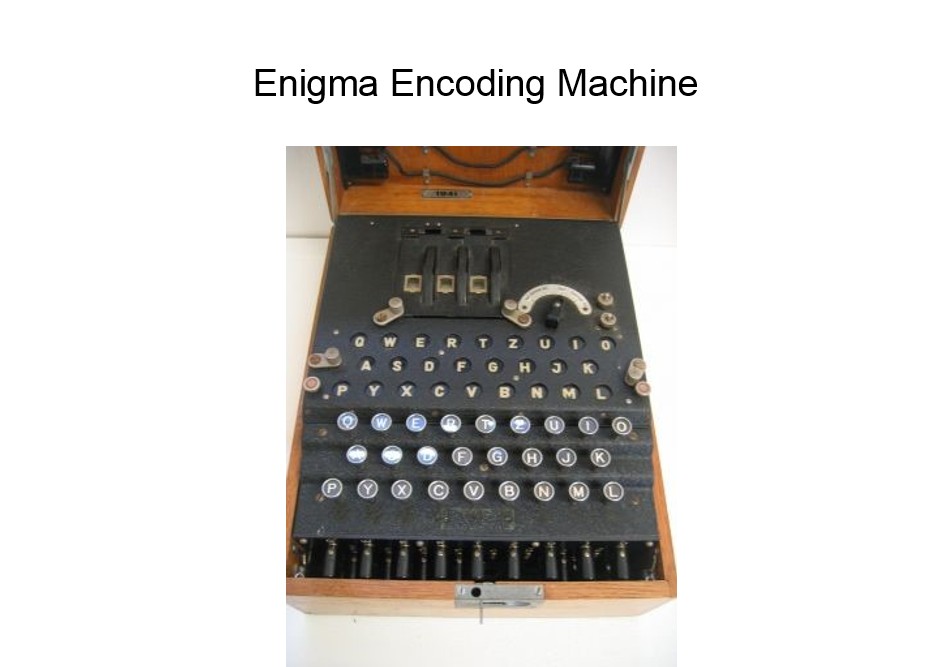
The German messages were encrypted using the Enigma machine, capable of an enormous number of different combinations, and changing with every letter.
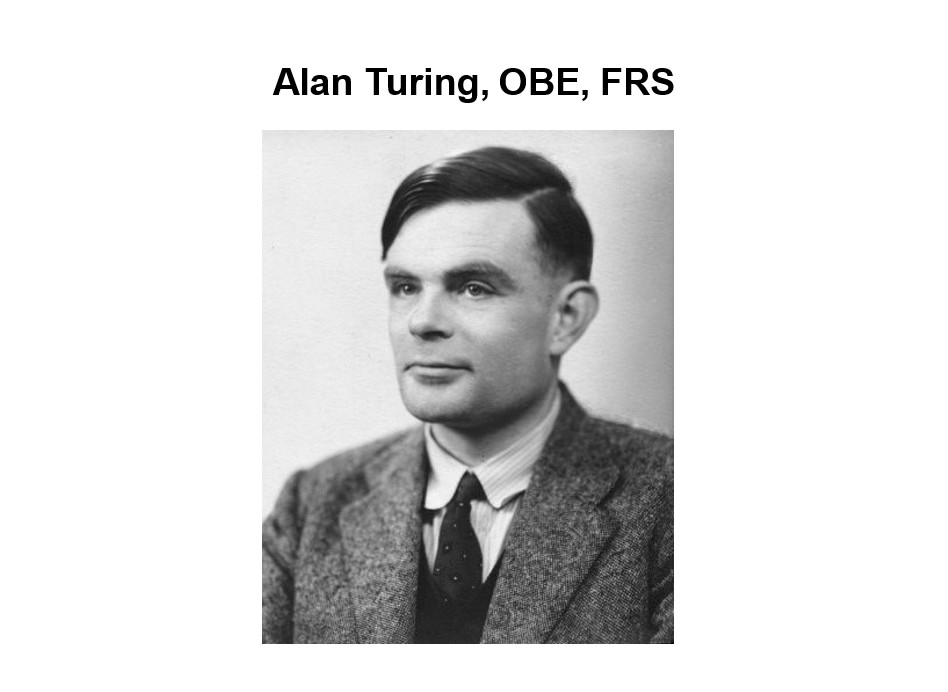
Alan Turing was one of the best-known of the Bletchley Park mathematicians who cracked the Enigma codes using machines they designed and built.
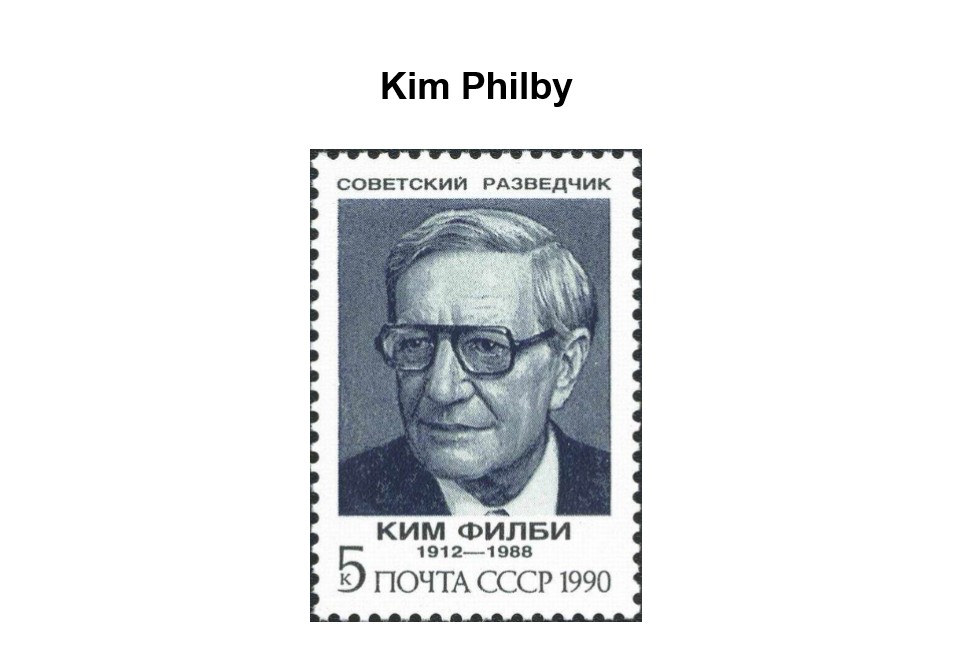
What became clear later was that all this secret information was being passed to the Russians by Kim Philby, a communist traitor working at the highest level in the British civil service. He fled the country as late as 1965(?) after his discovery. He was even honoured by this Russian postage stamp.
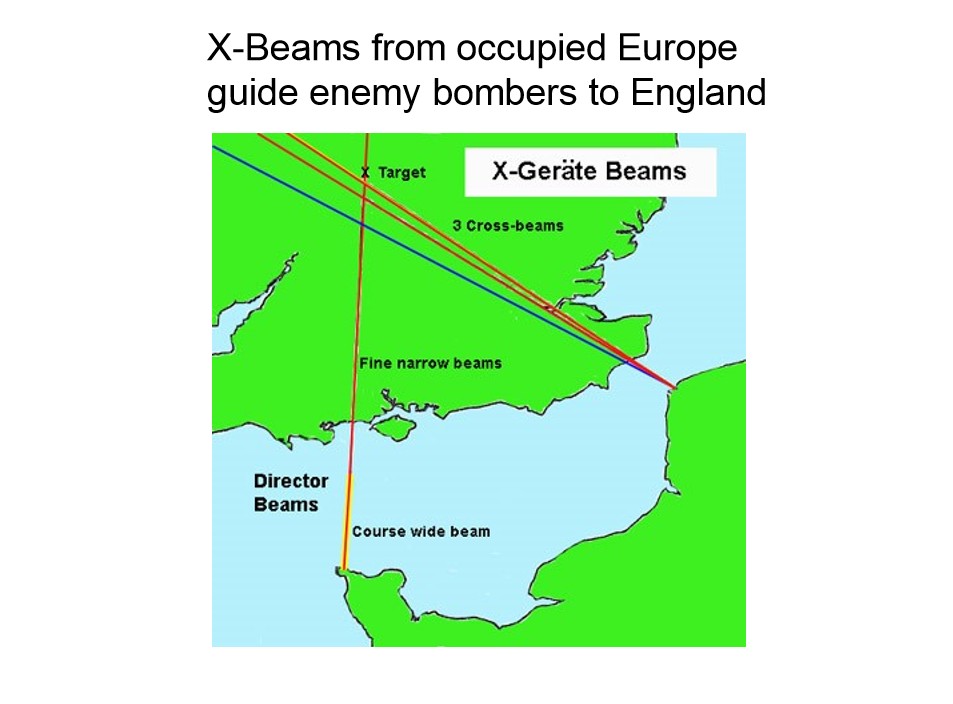
Jones solved the mystery of how German bombers could accurately bomb British targets even on cloudy nights. They were using a pattern of narrow, intersecting radio “X-Beams” to guide them and to release the bombs at precisely the right time over the targets. Jones reported this theory to the RAF.
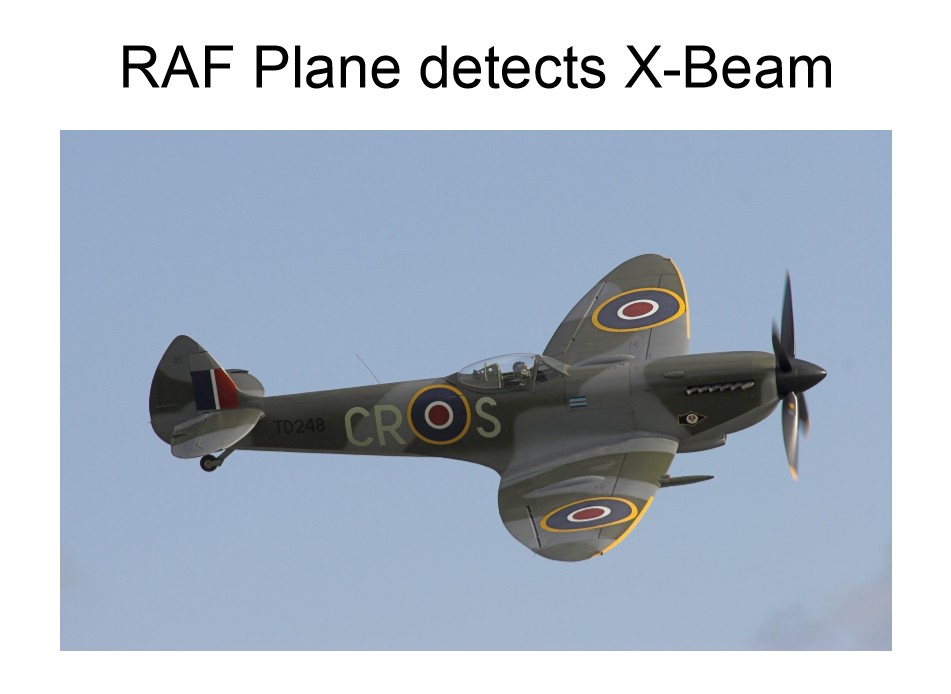
And the RAF detected the “X-Beam” signals using Hurricane aircraft fitted with a suitable receiver.
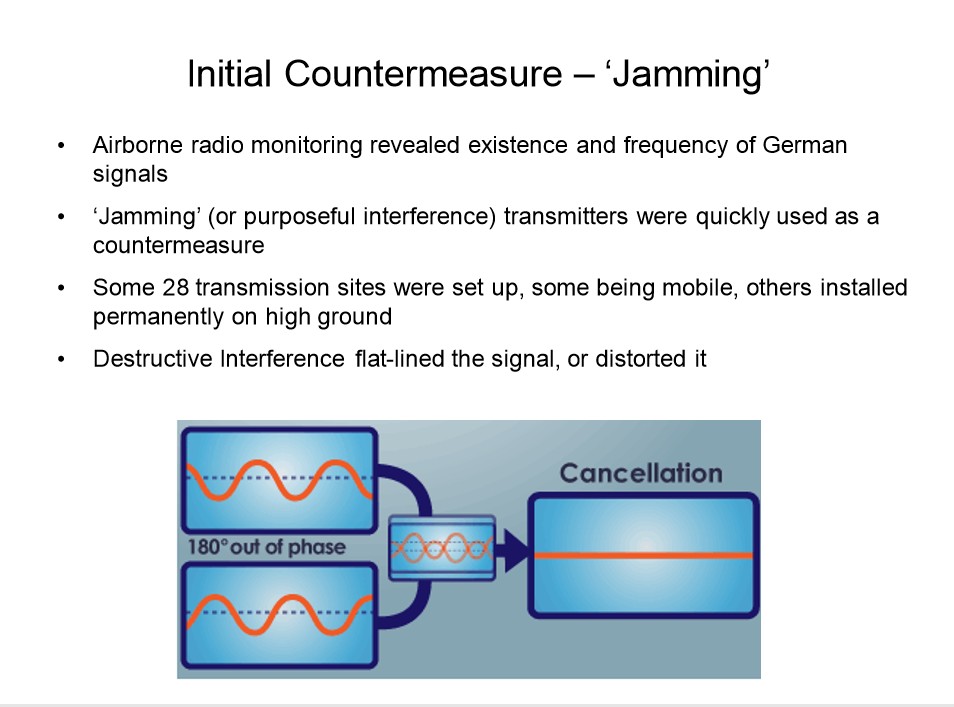
Initial counter-measures consisted of “Jamming” the German “X-Beam” signals.

The approaching German bombers received a bomb-release signal where the “X-Beams” crossed.
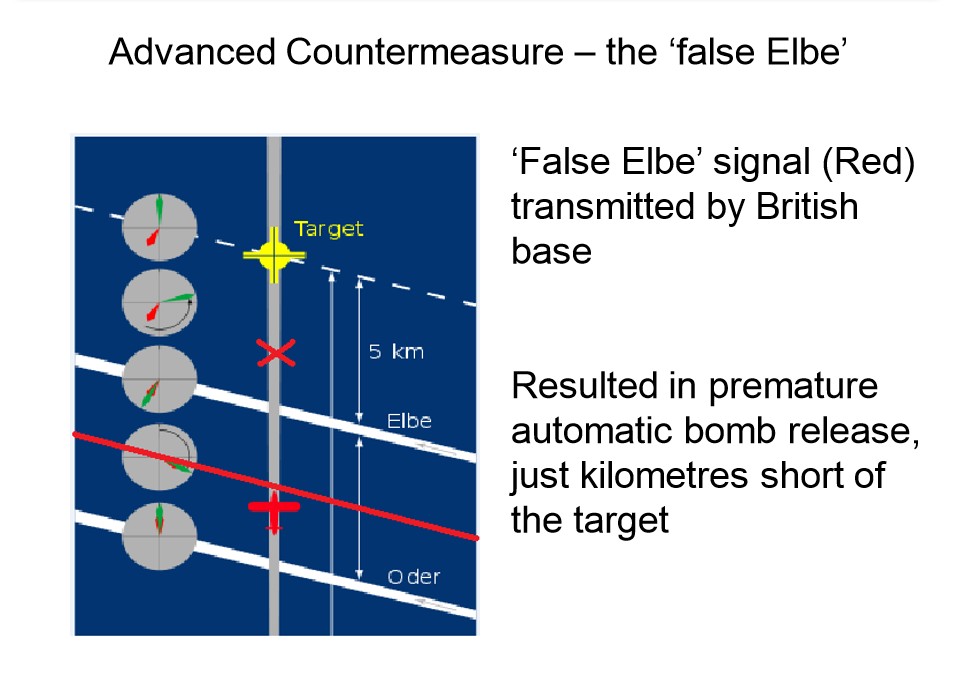
Jones’s counter-measure was to provide an additional signal which caused the early release of the bombs, thereby missing the intended target.
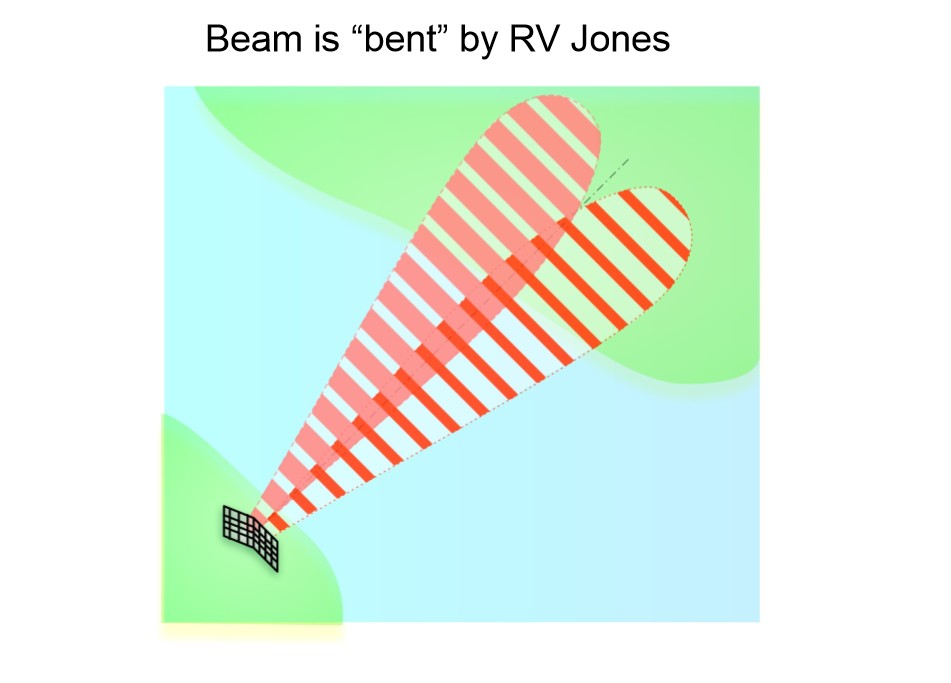
Churchilll described Jones’s measure as “bending the beams”.
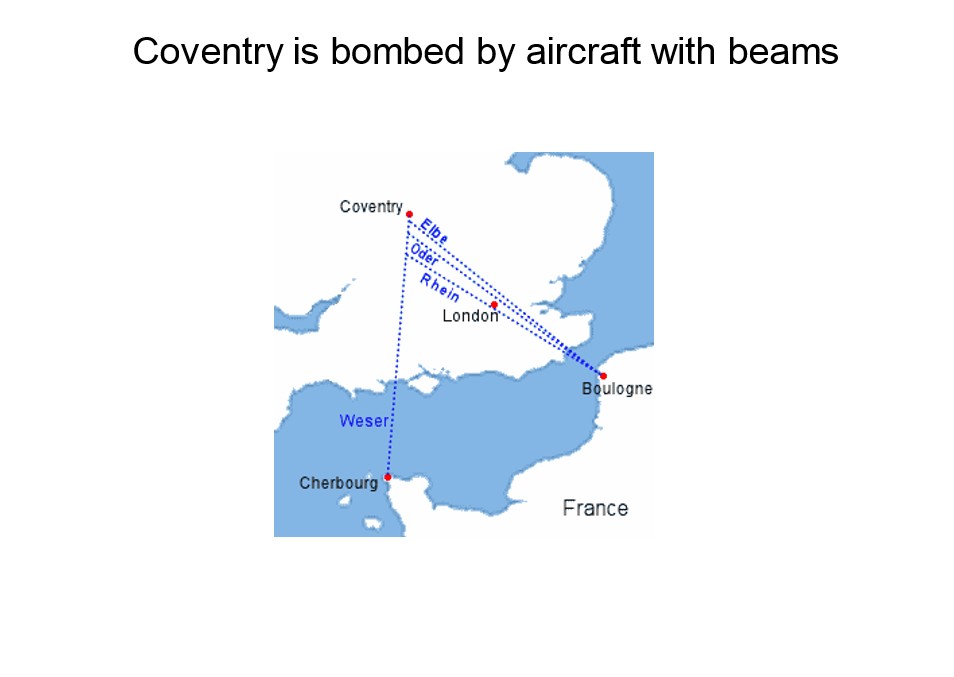
One bombing raid was believed by Intelligence to be targeting Wolverhampton and a “beam-bending” signal was transmitted. However the Germans learned of this, took counter-measures, and bombed Coventry instead.
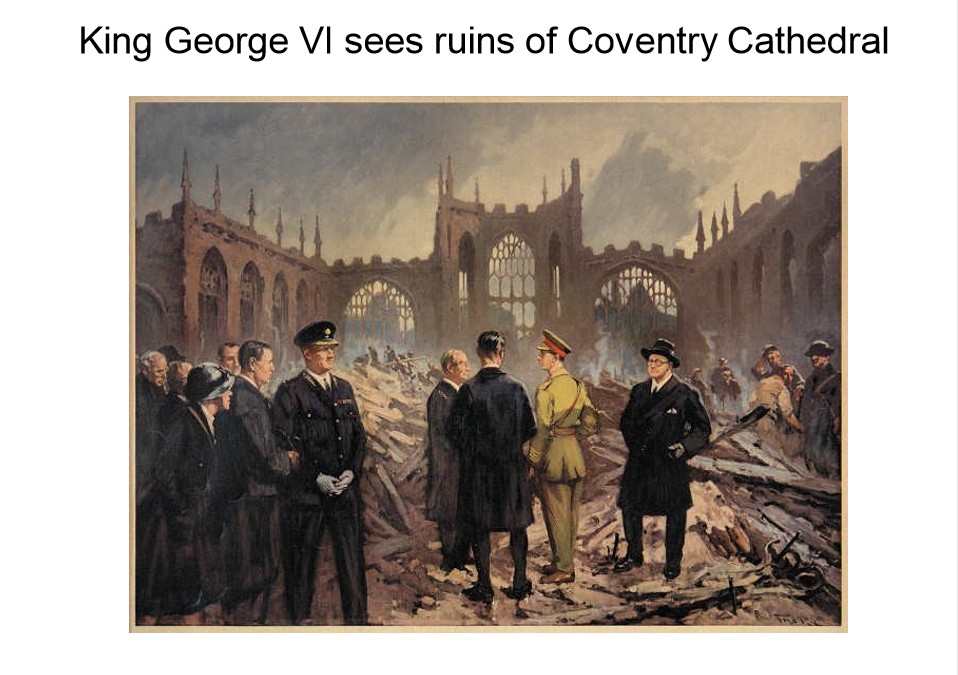
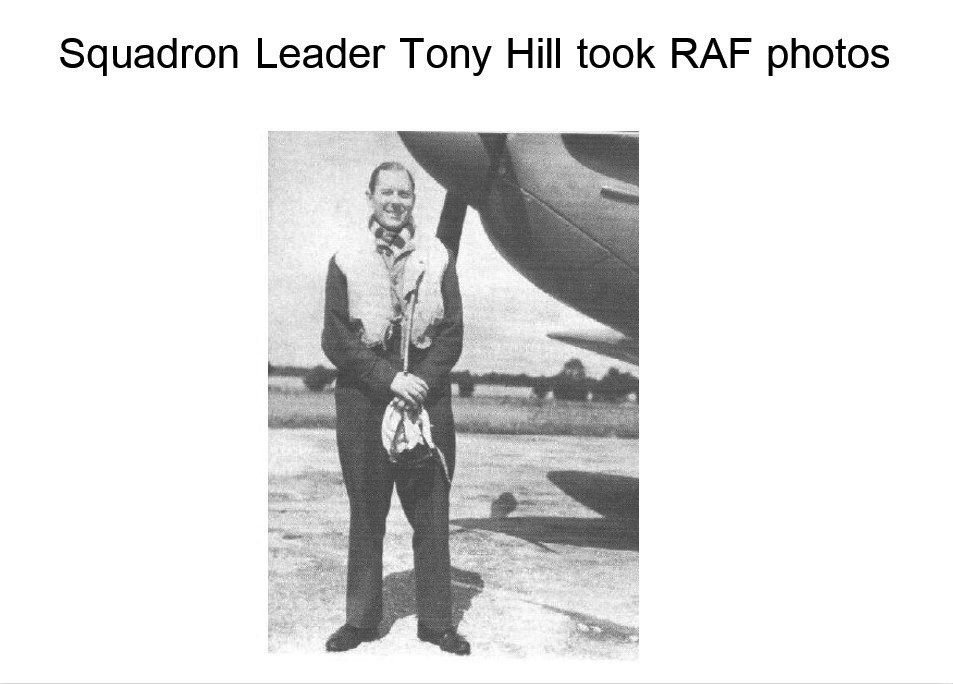
The RAF took aerial photographs of the likely “X-Beam” transmitter sites in northern France.
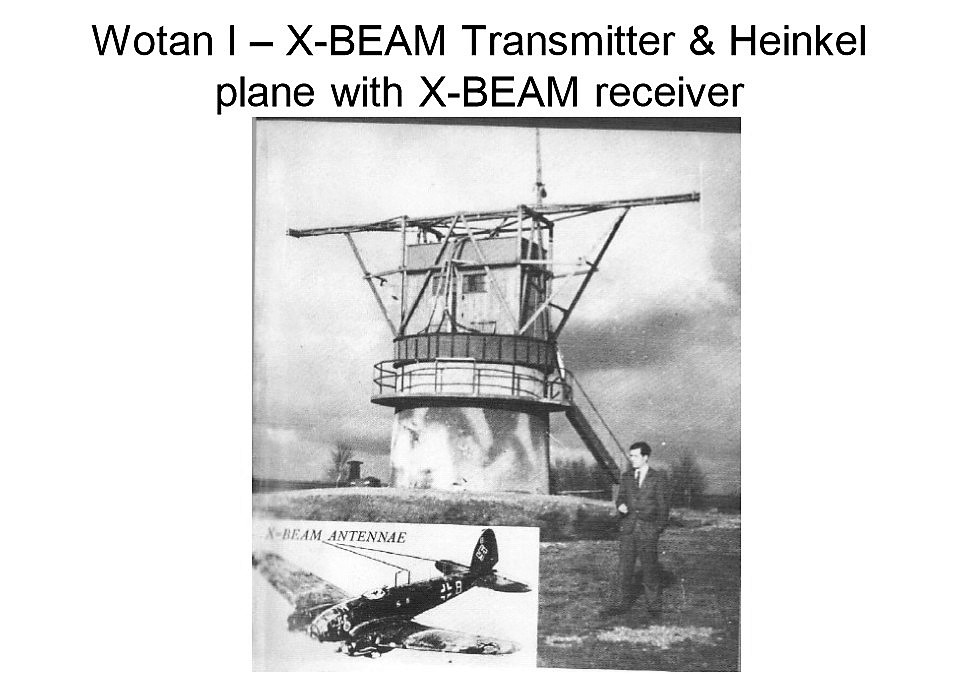
The X-Beam” signals were transmitted by stations like this and detected by special aerials fitted to the aircraft.
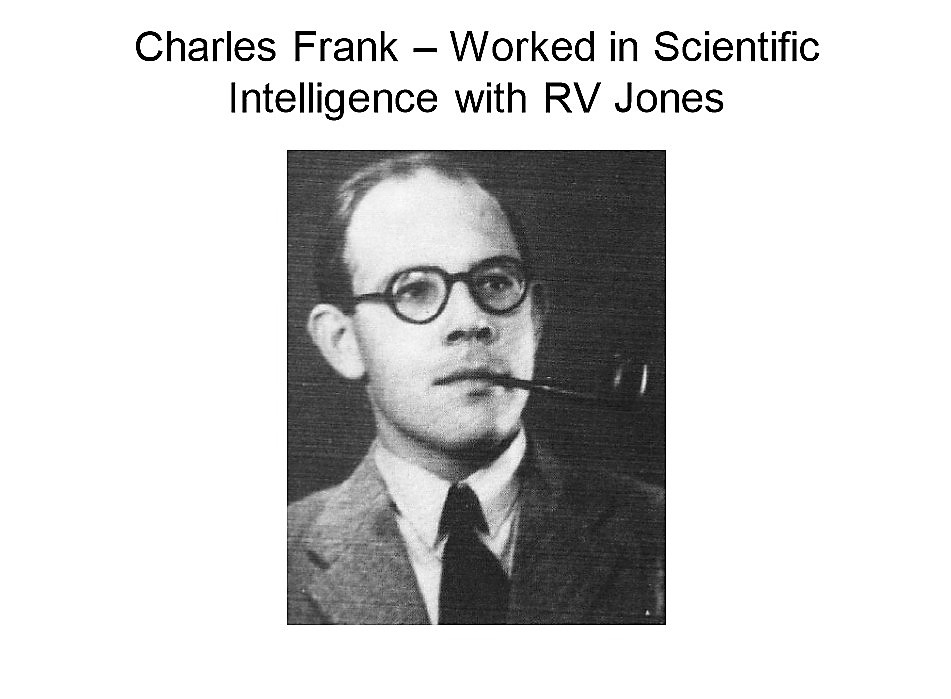
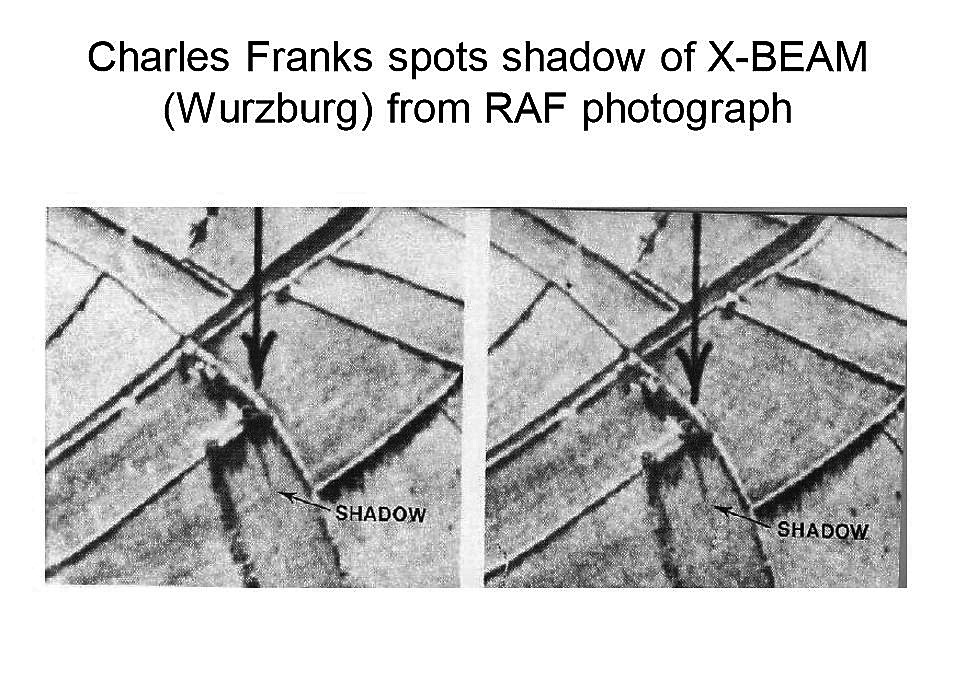
Stereoscopic photo of an “X-Beam” transmitter site in northern France.
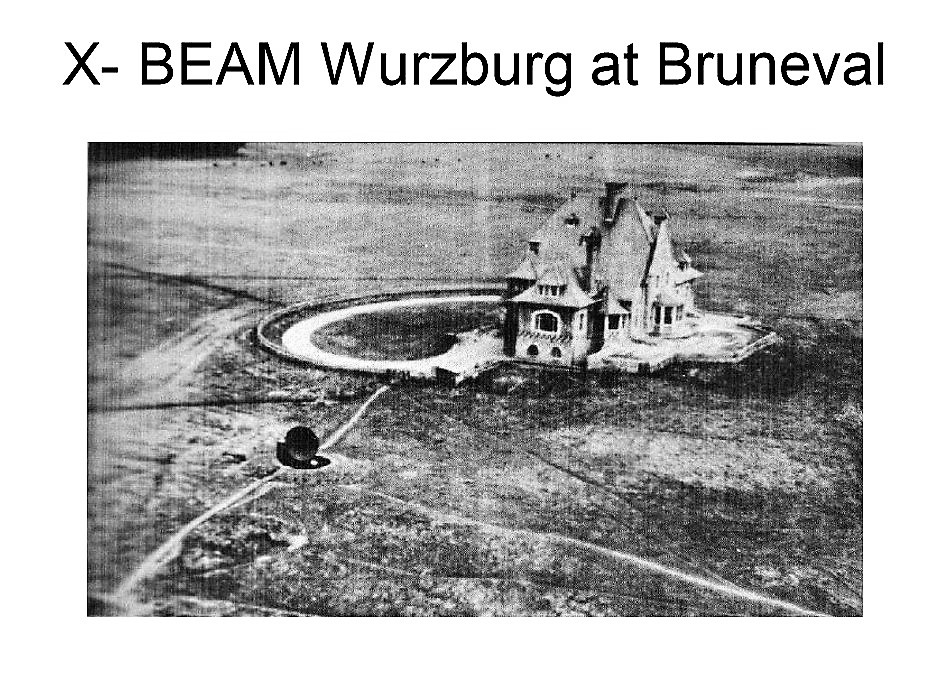
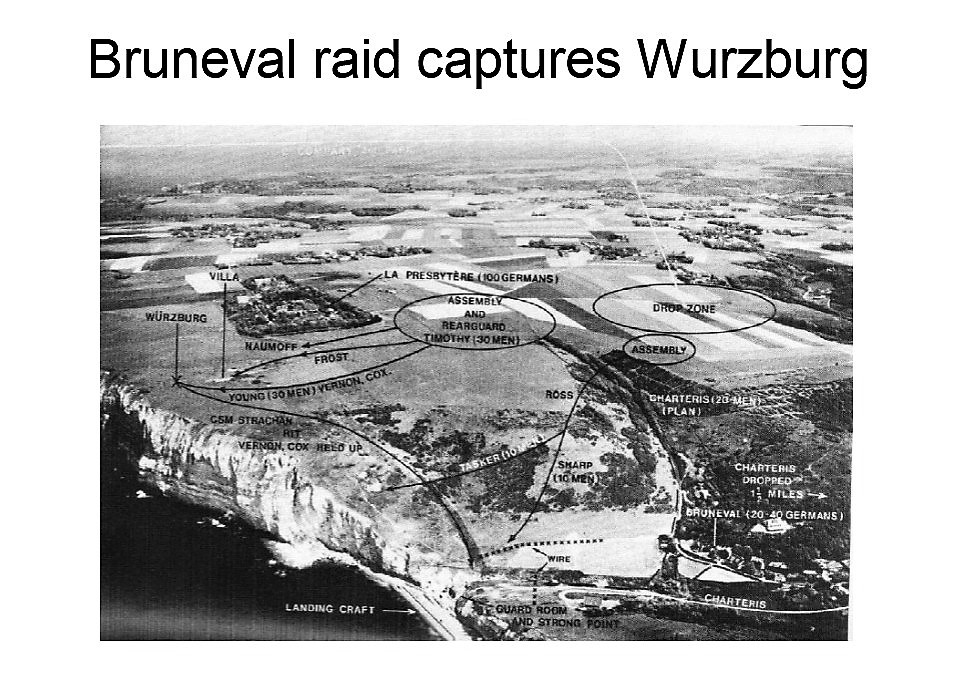
A raid on the site at Bruneval resulted in all the equipment and a very frightened technician being captured.
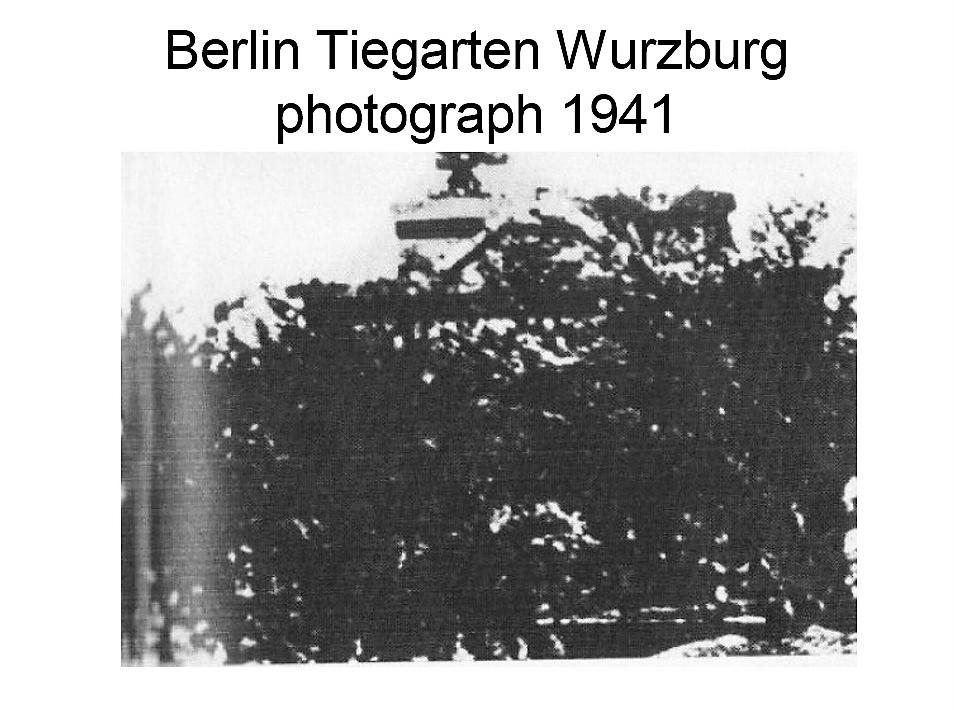
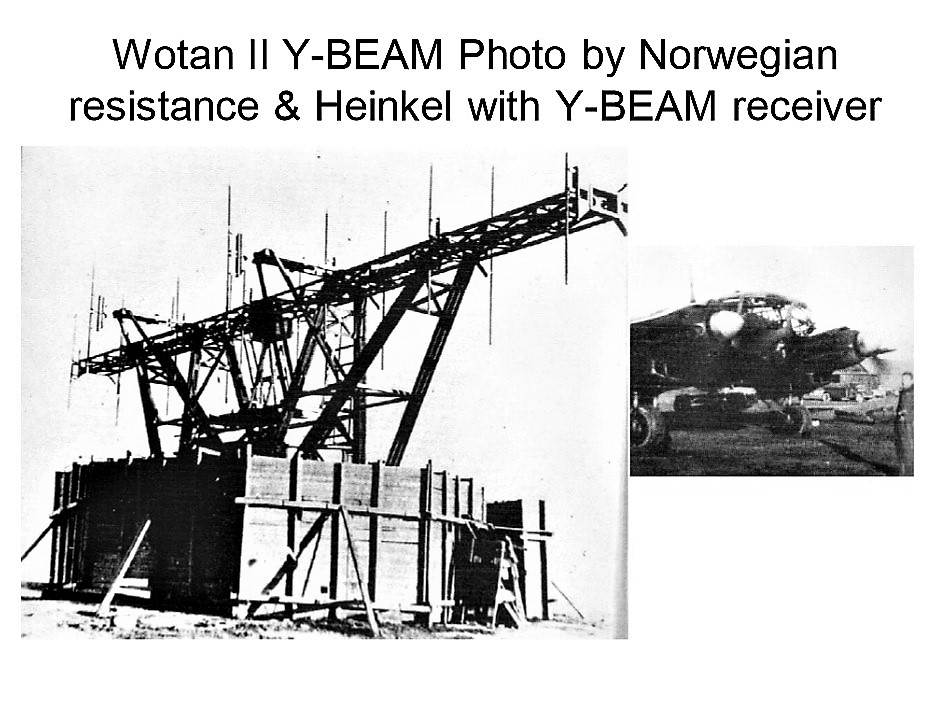
Thew vertically-polarised antennas are seen in these photos of a Wotan-2 transmitter and German bomber.
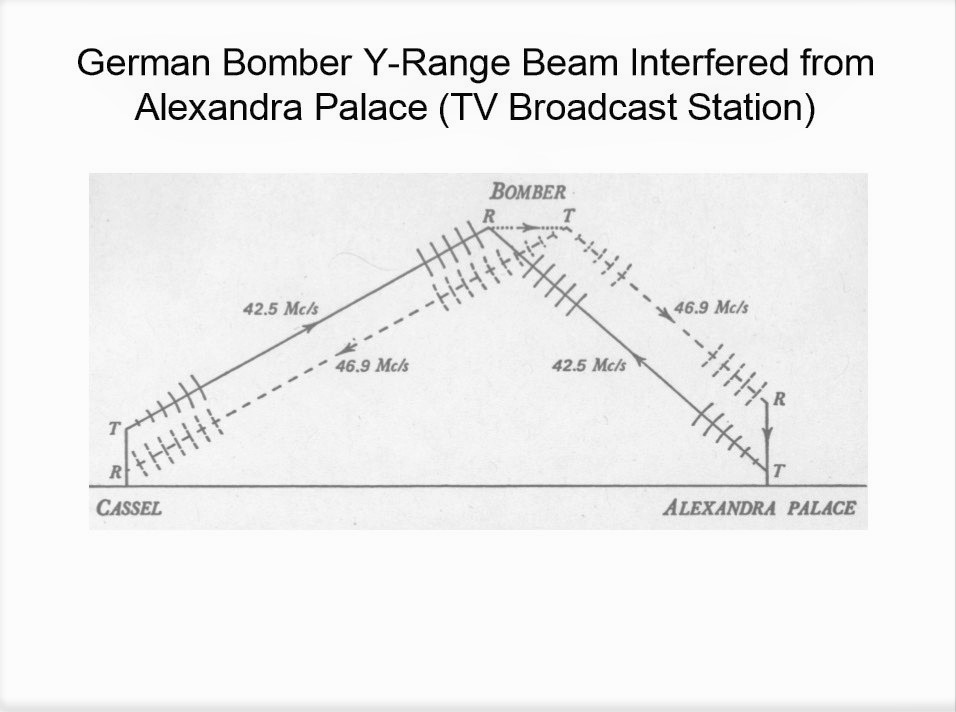
Beam-bending signals were transmitted from the high-power broadcast TV station at Alexandra Palace in London.
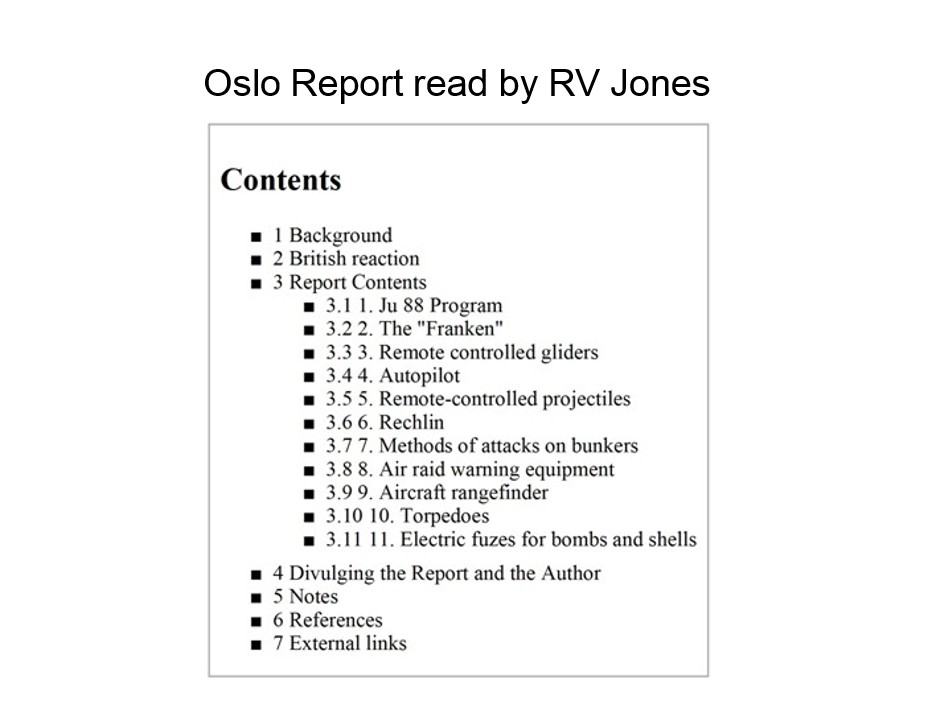
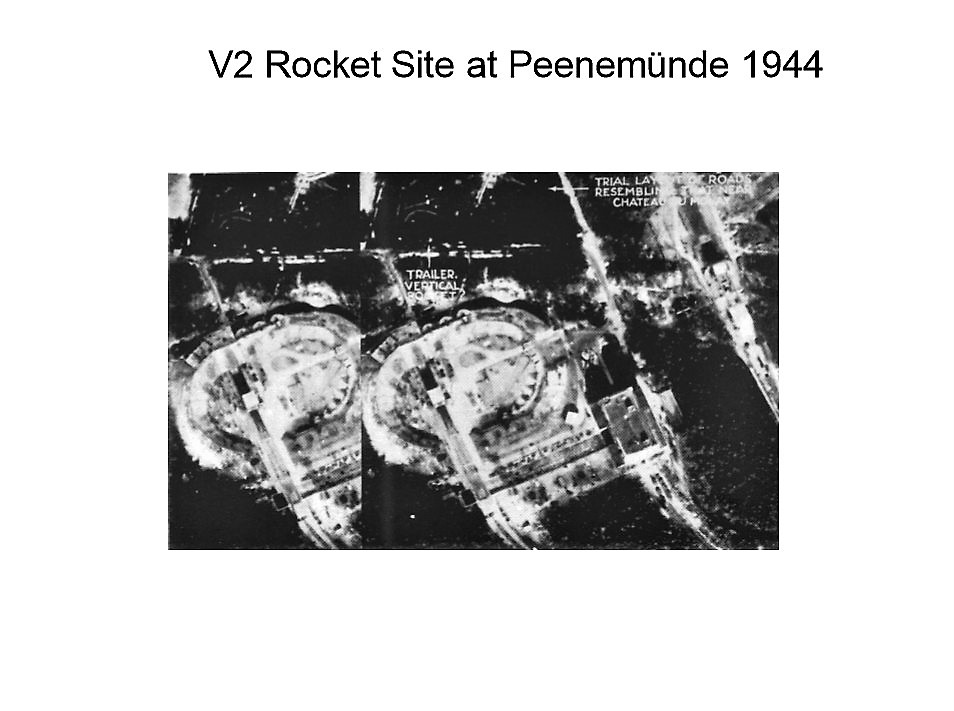
Later in the war, German V2 rockets were launched towards London and other UK locations from sites in northern Germany such as the well-known one at Peenemunde on the Baltic coast.
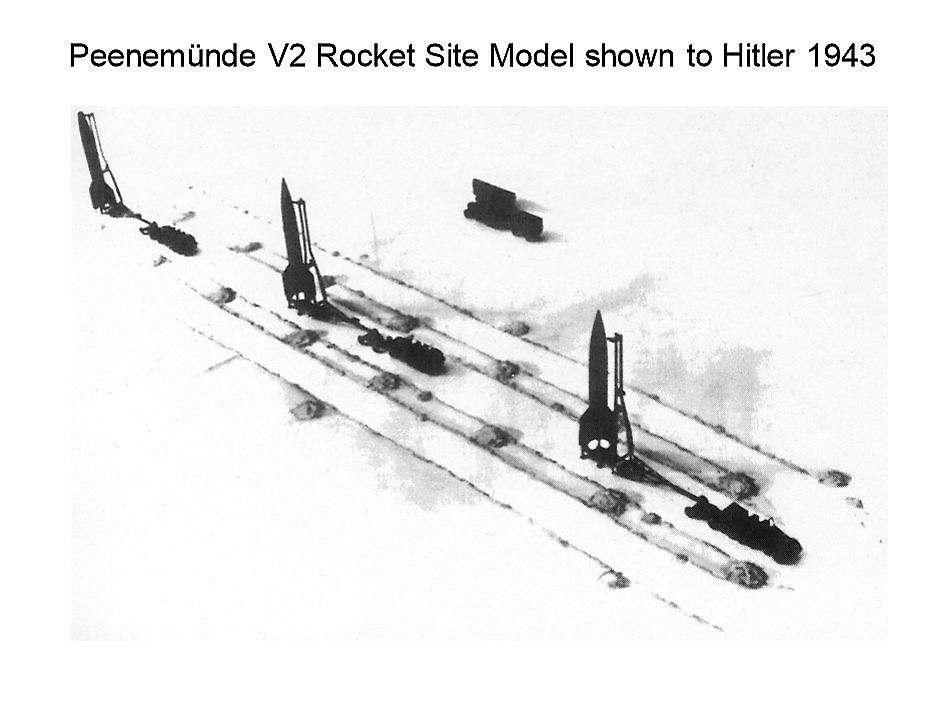
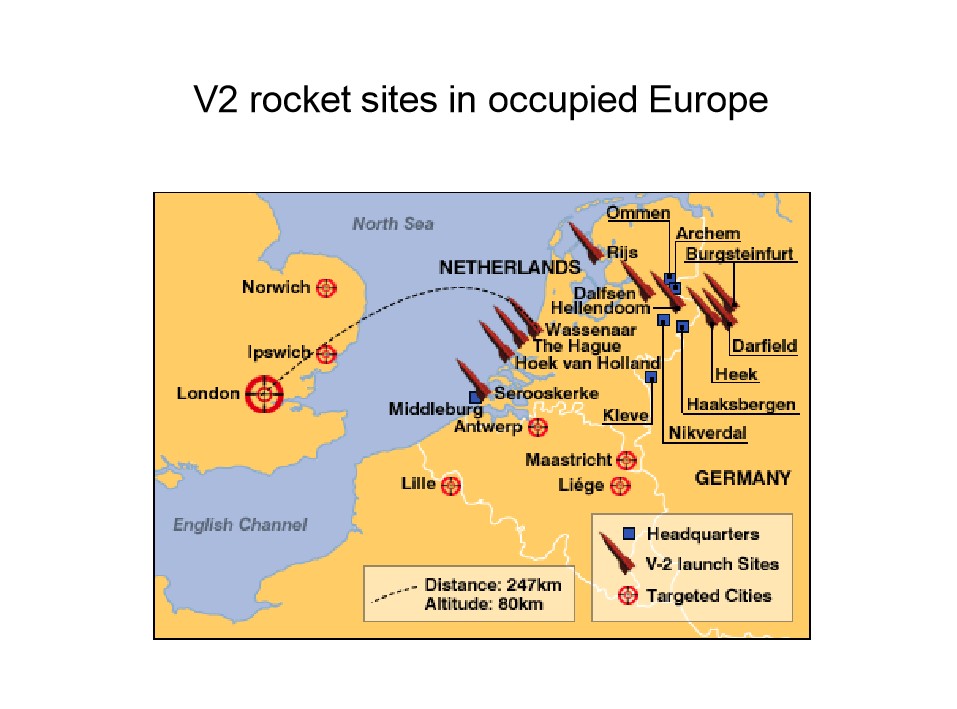
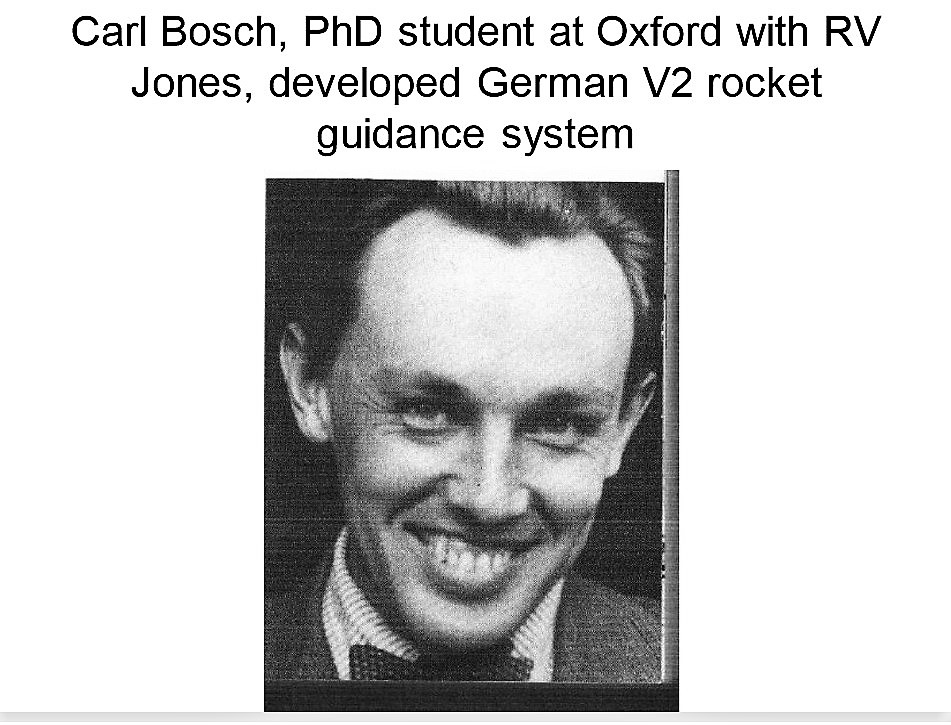
Before the war, Carl Bosch studied for his Ph.D at Oxford University with R.V. Jones and also perfected his English.
He then returned to Germany to develop the guidance system for the V2 Rockets.
After the war he set up the major electronics company bearing his name.
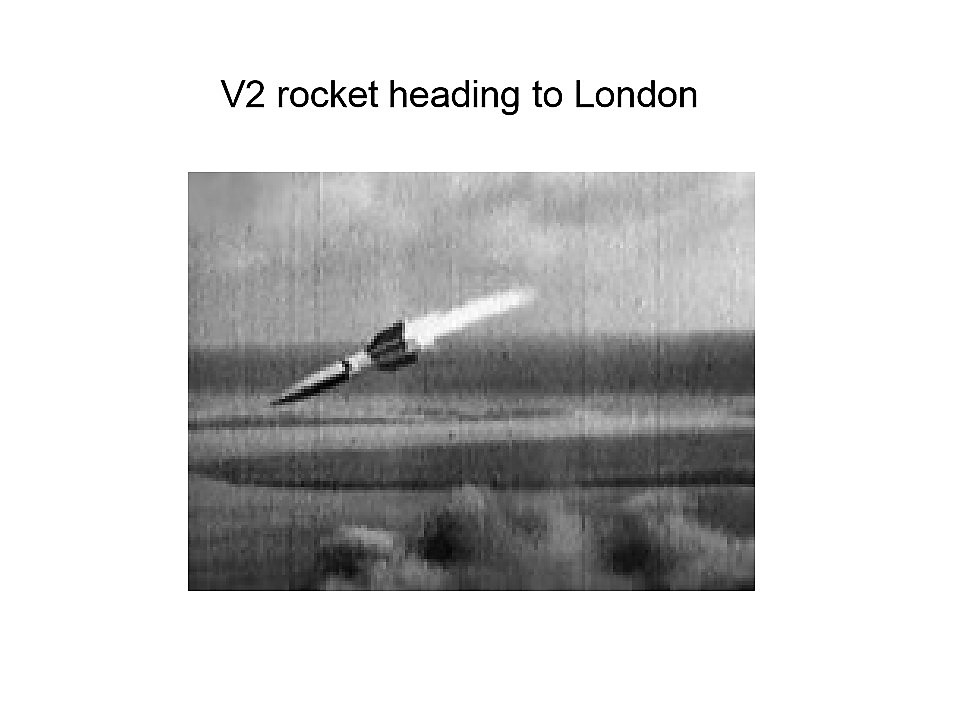
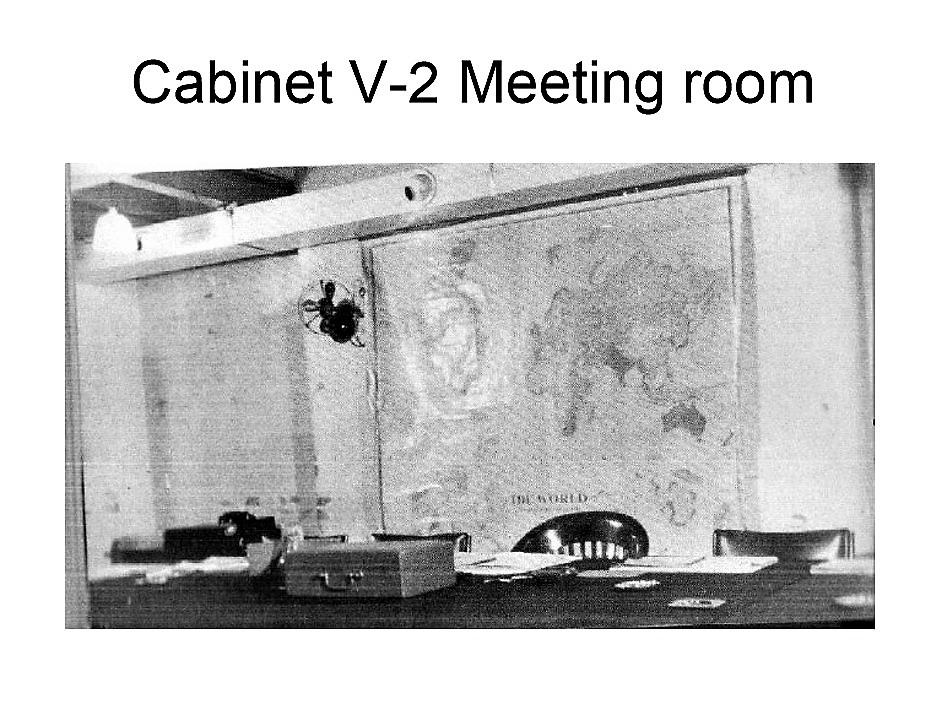

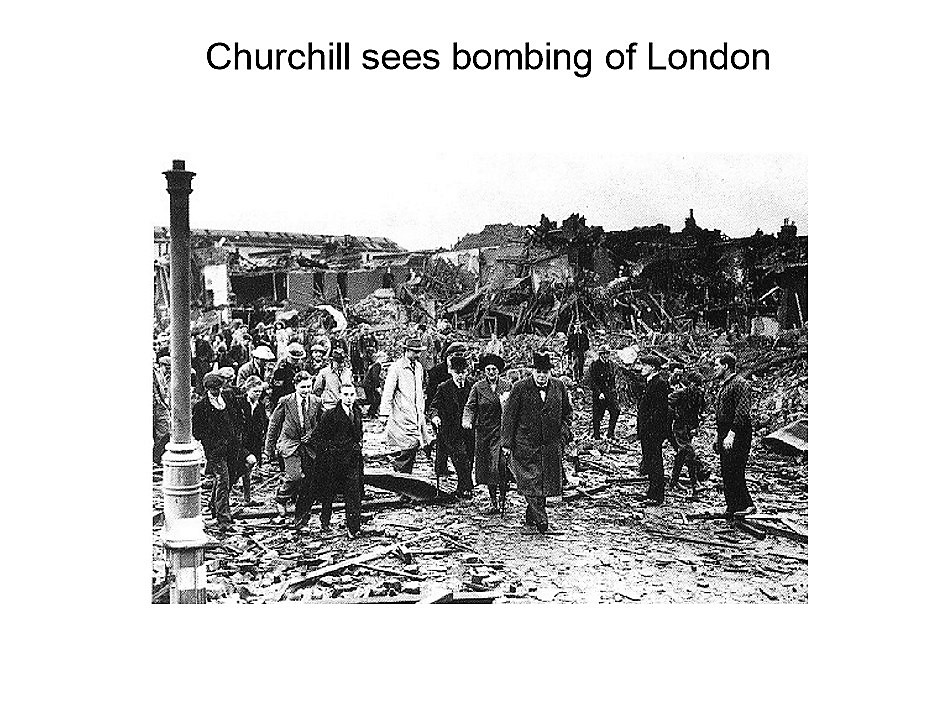
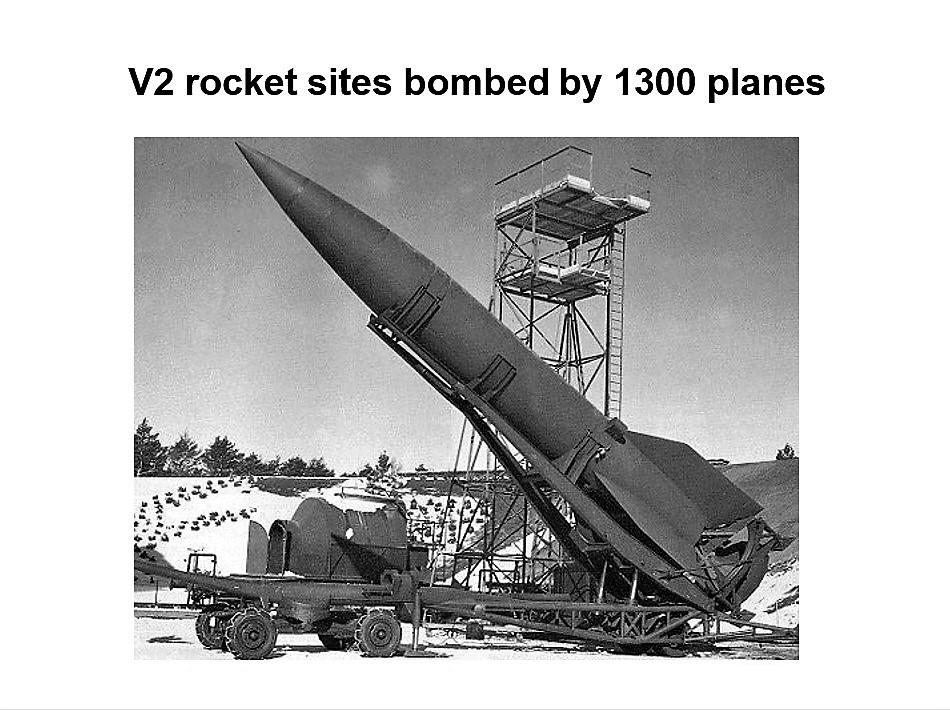
It was technically impossible to jam or mis-direct the V2 rockets, so the way to counter them was to massively bomb their launch sites.
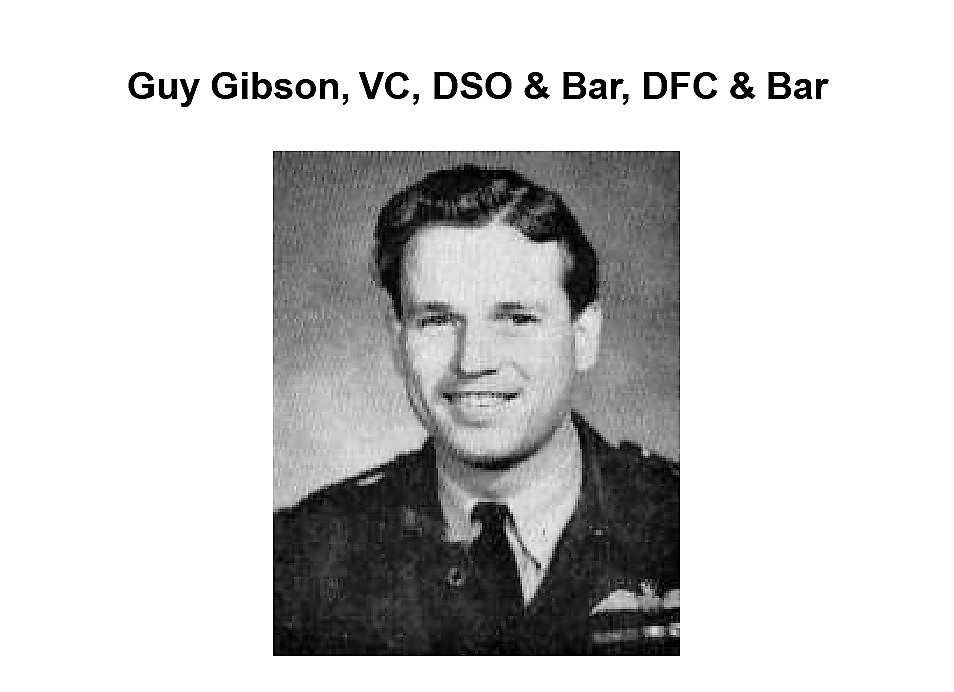
Among those who bombed the V2 launch sites was Guy Gibsen, later to become famous as the leader of the “Dam-Buster” raids on the German dams in the Ruhr.
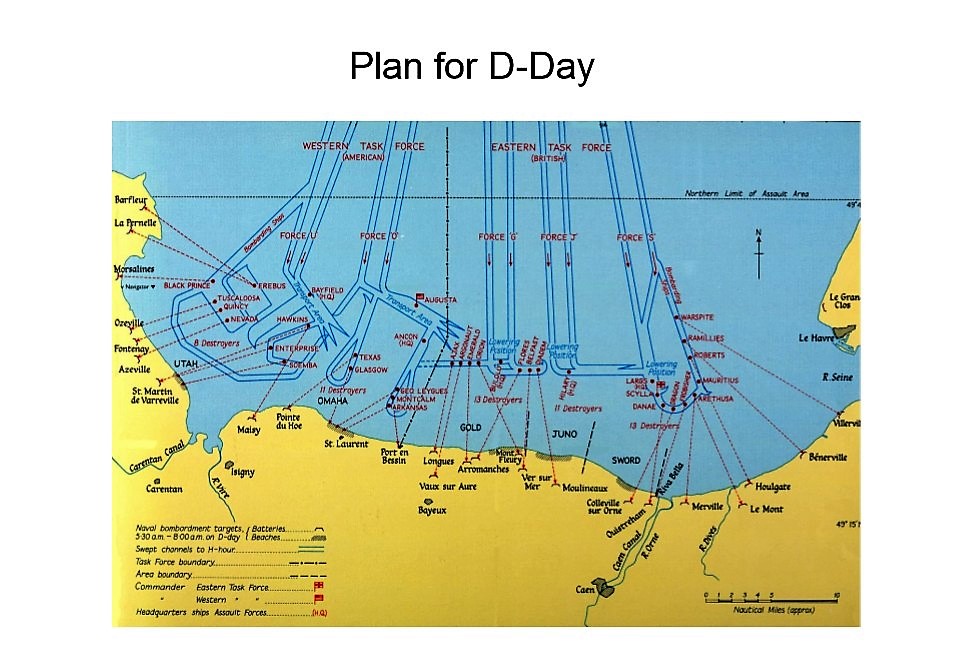
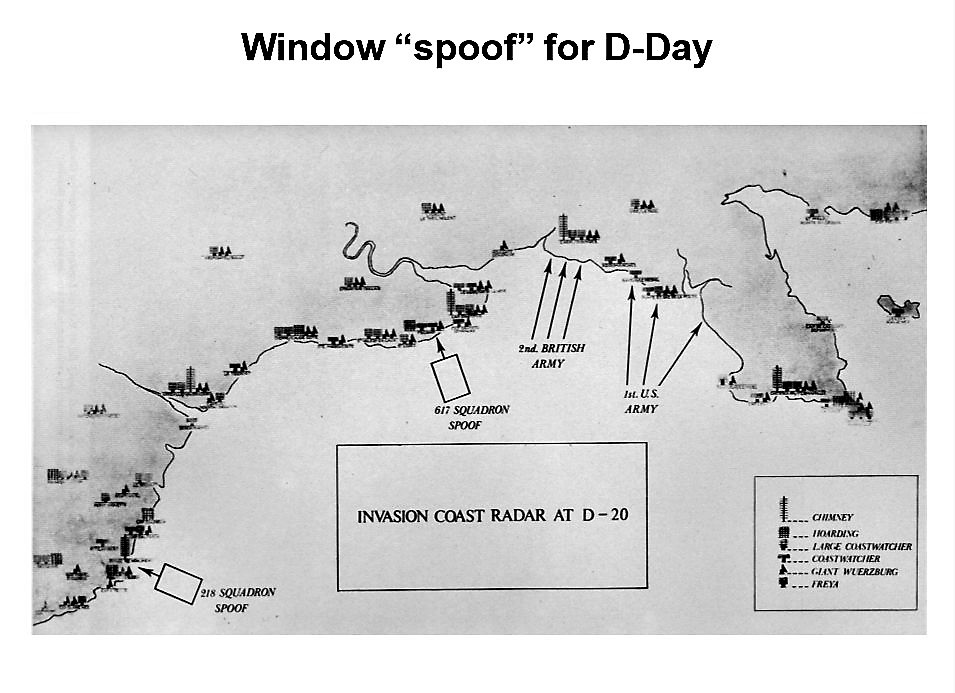
In order to confuse the Germans when invading Normandy on D-Day the technique of “Window” using aluminium chaff was employed.
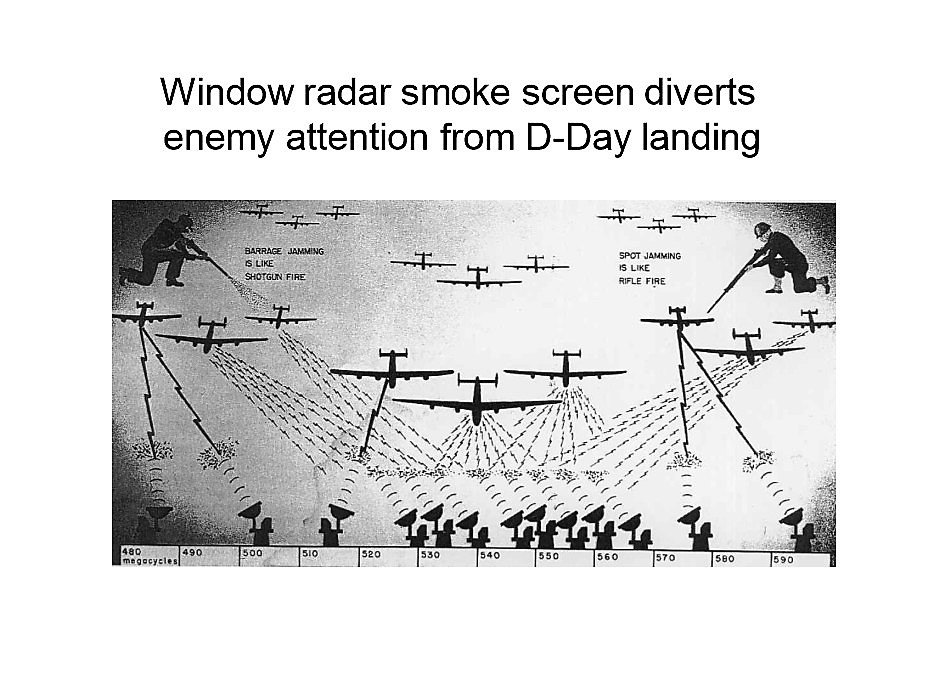
“Window”, devised by R.V. Jones, consisted of large numbers of strips of aluminium foil whose length was about a half-wave at the German radar frequencies. These were dropped by the approaching aircraft, giving confusing clouds of reflections which concealed the echoes of the actual aircraft.
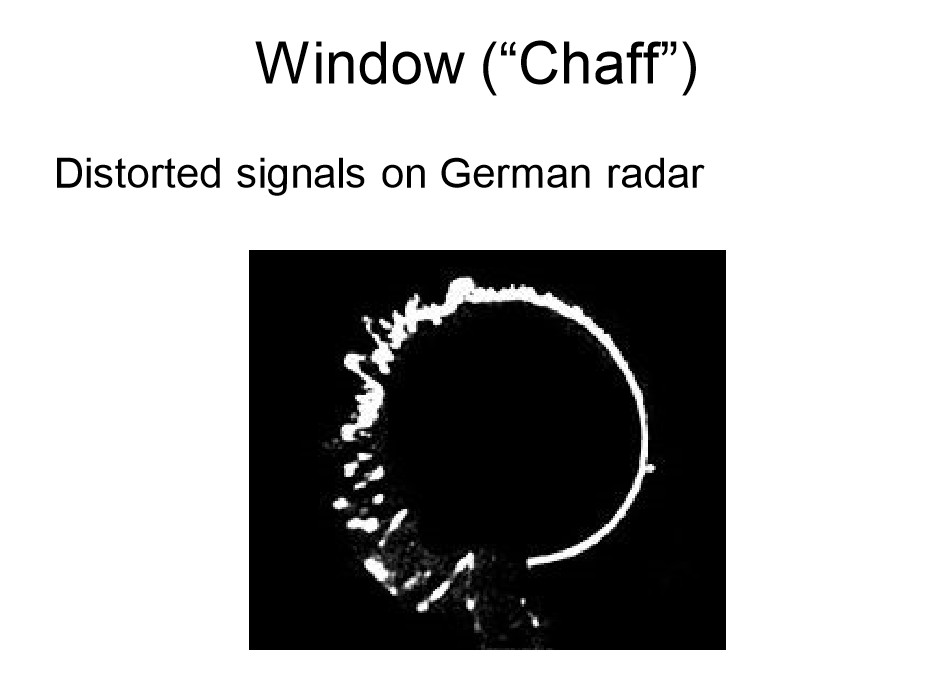
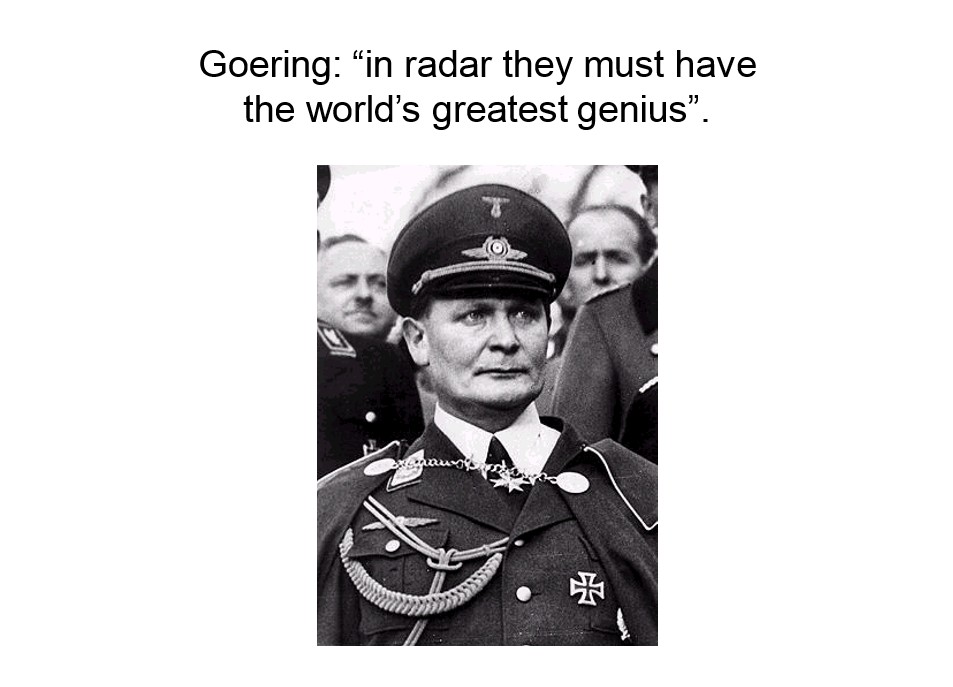
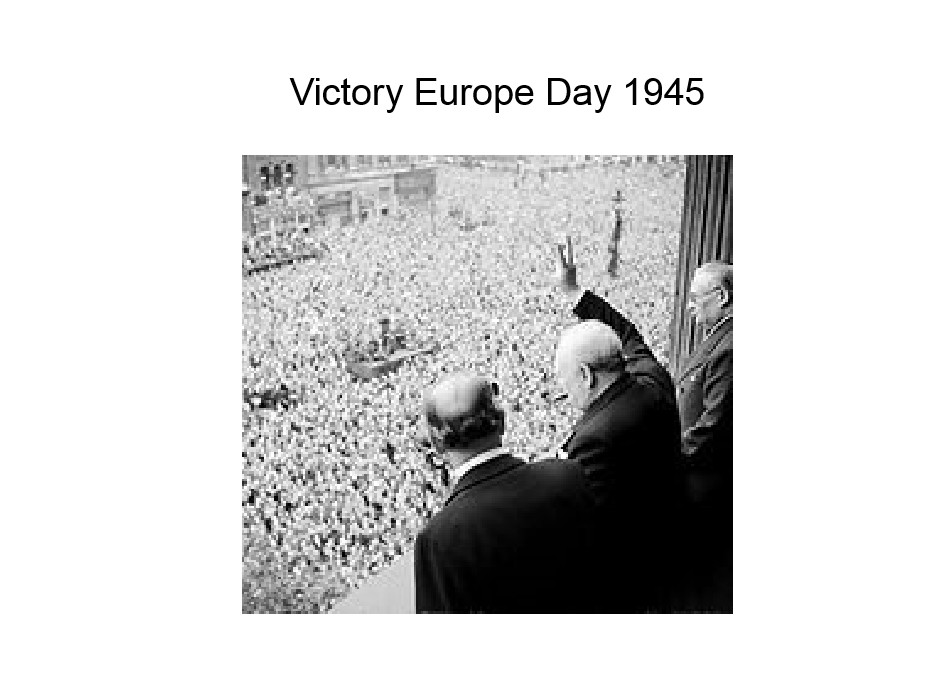
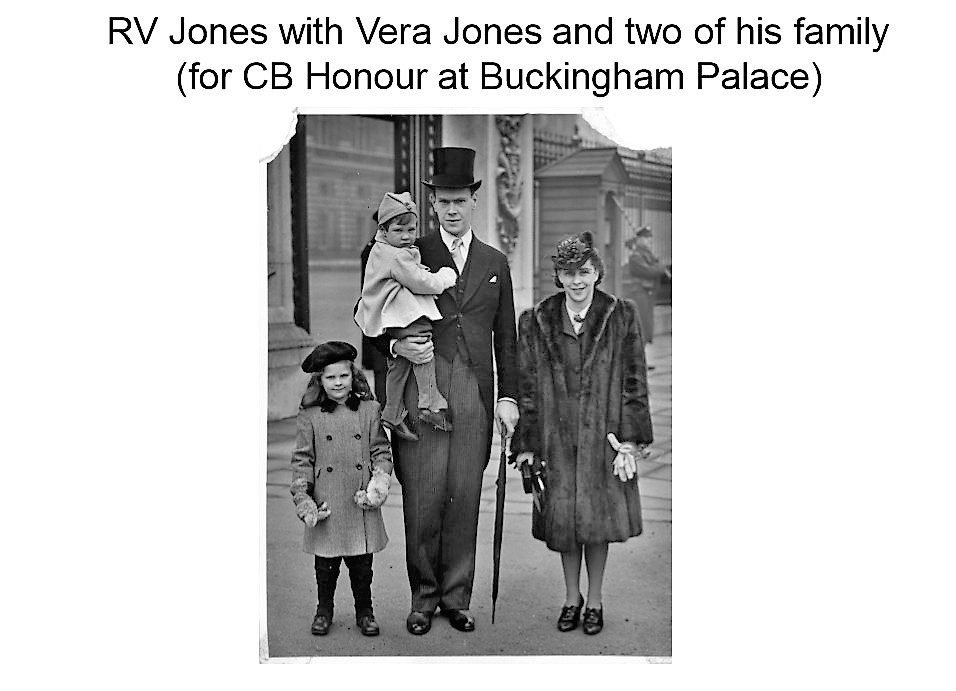
After the war, Jones was awarded the CB Honour for his invaluable work. Many believed he should have received a knighthood, but senior civil service managers considered him “too young” for such an honour.
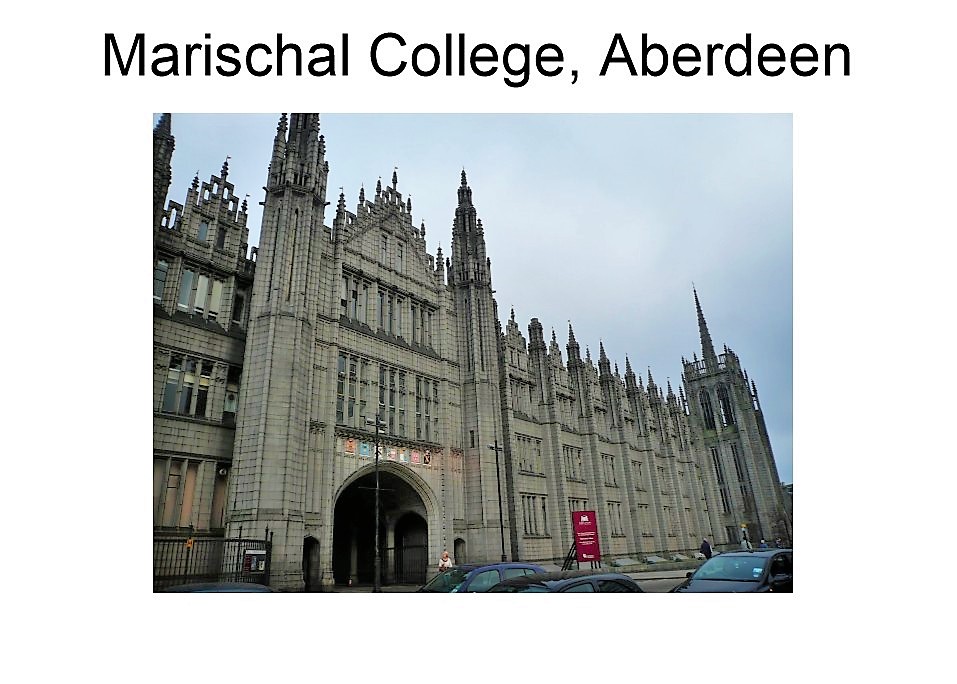
After the war, Jones moved to Aberdeen University to become Professor of Natural Philosophy (physics).

Jones followed in the footsteps of famous physics professors including James Clerk Maxwell and G.P. Thompson.
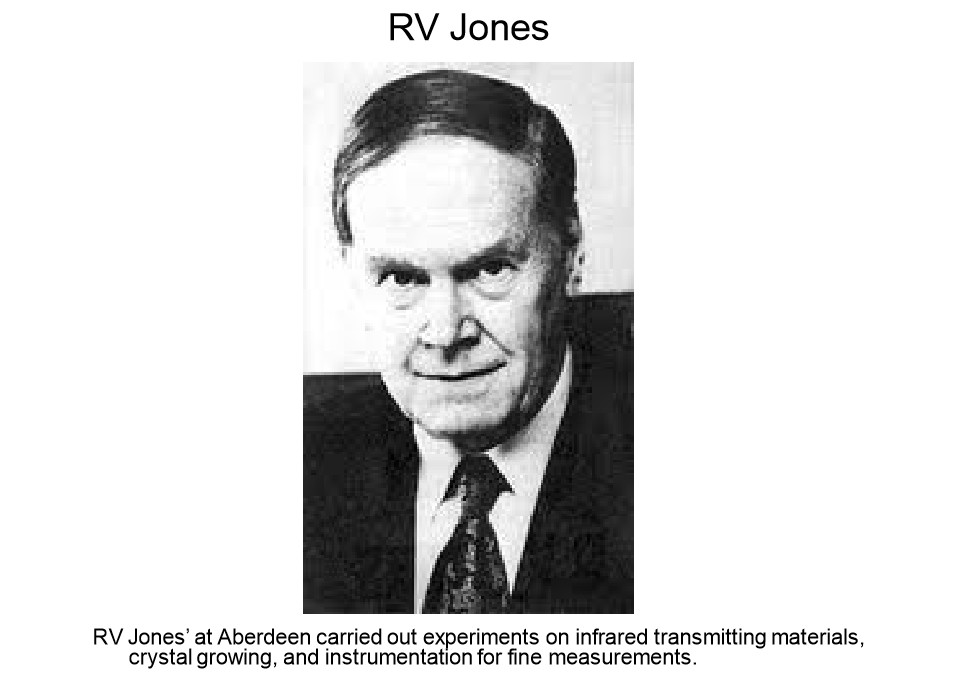

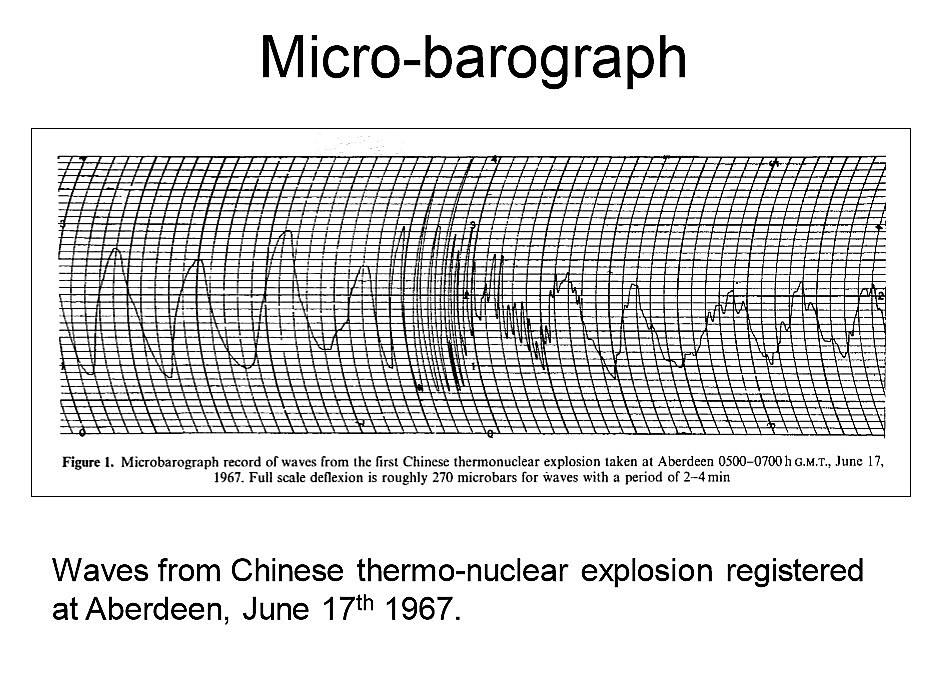
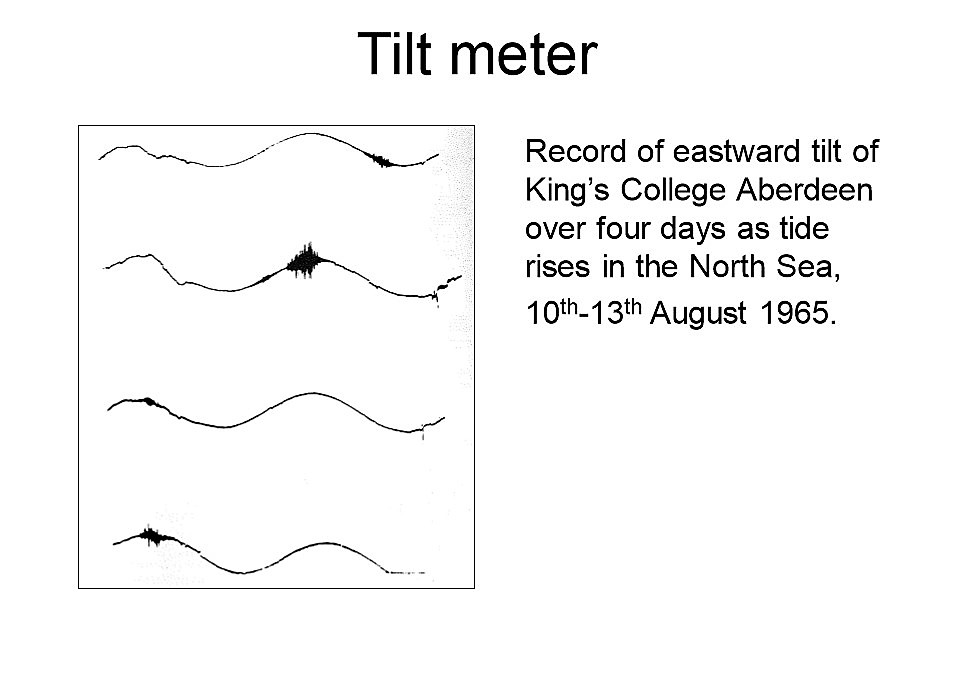
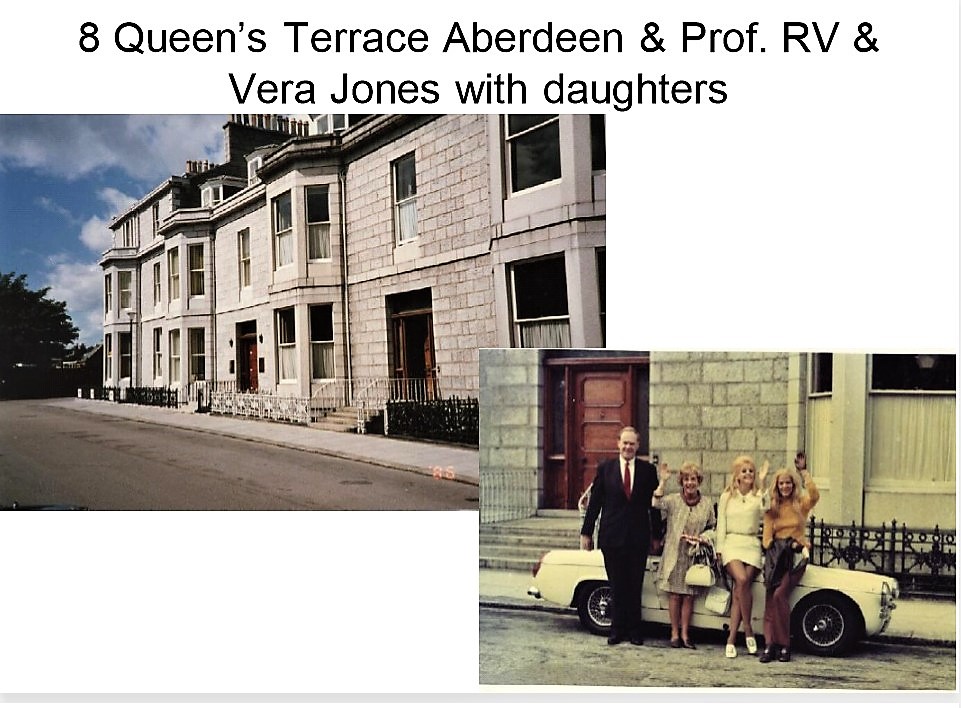
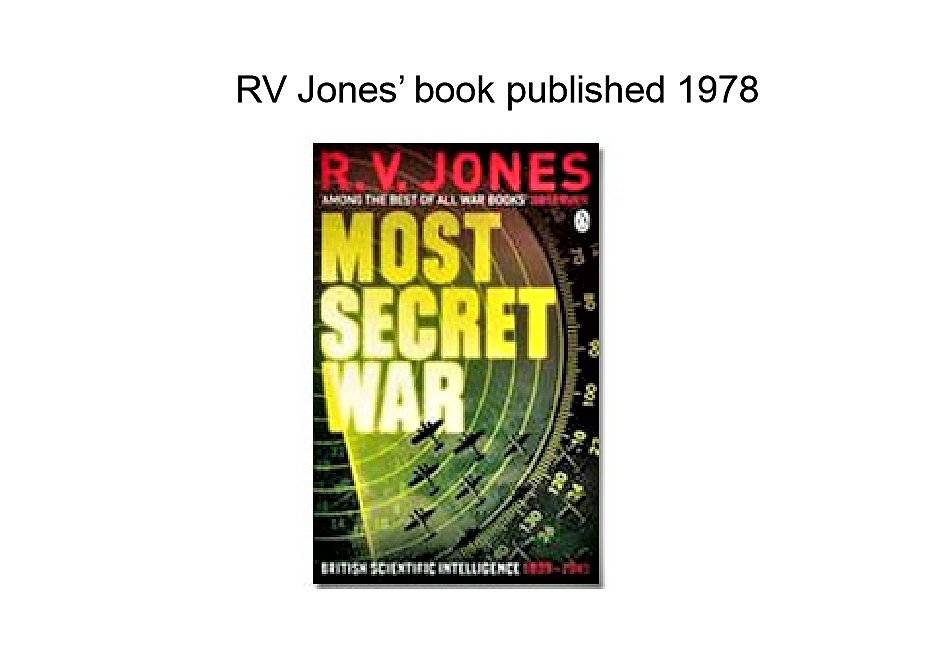
Jones’s work remained Top Secret for many years after the war. It was only 30 years later, in 1978, that he was able to publish his book “Most Secret War”.
Several copies of this book are owned by LRS members, including your scribe, and available for loan.
